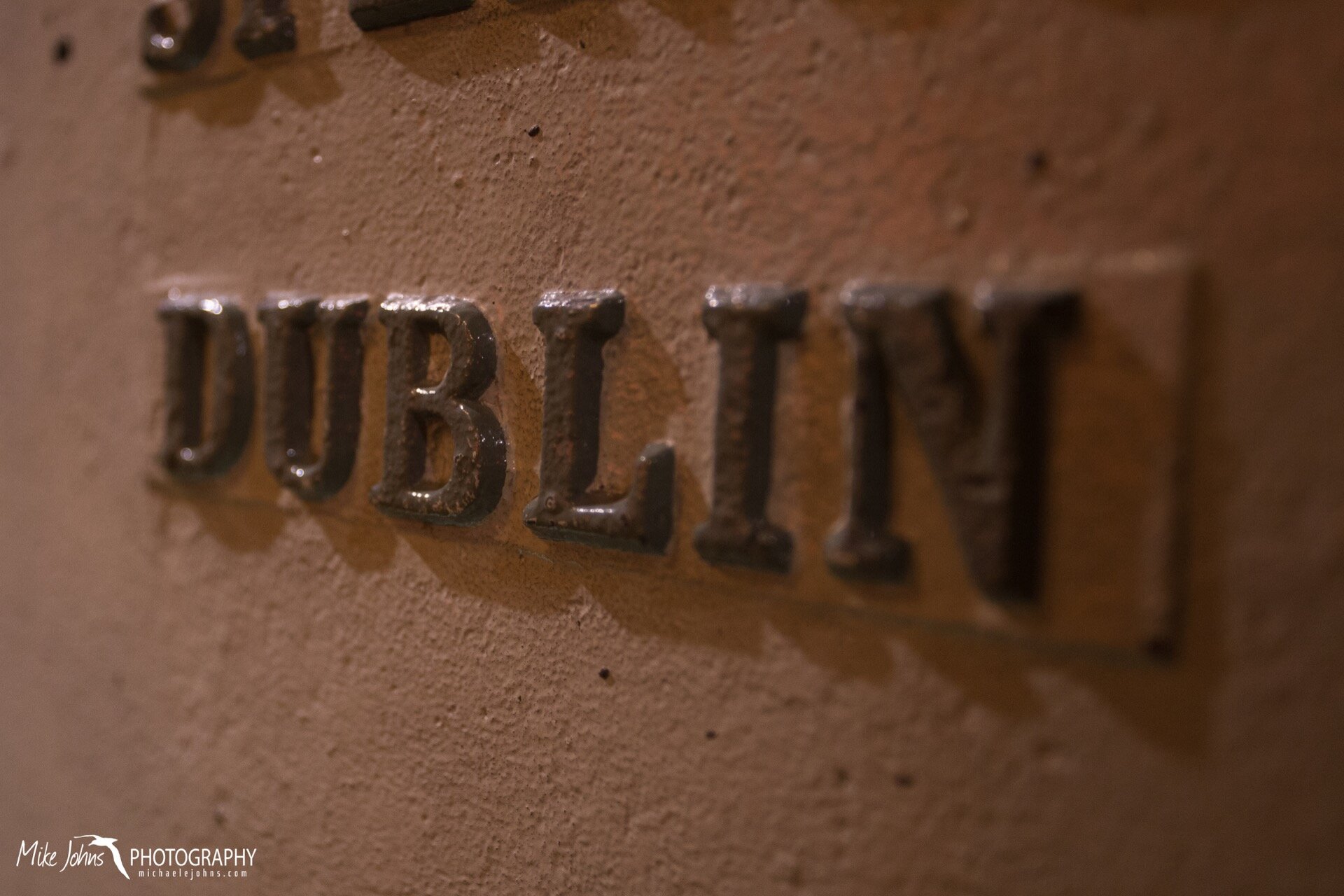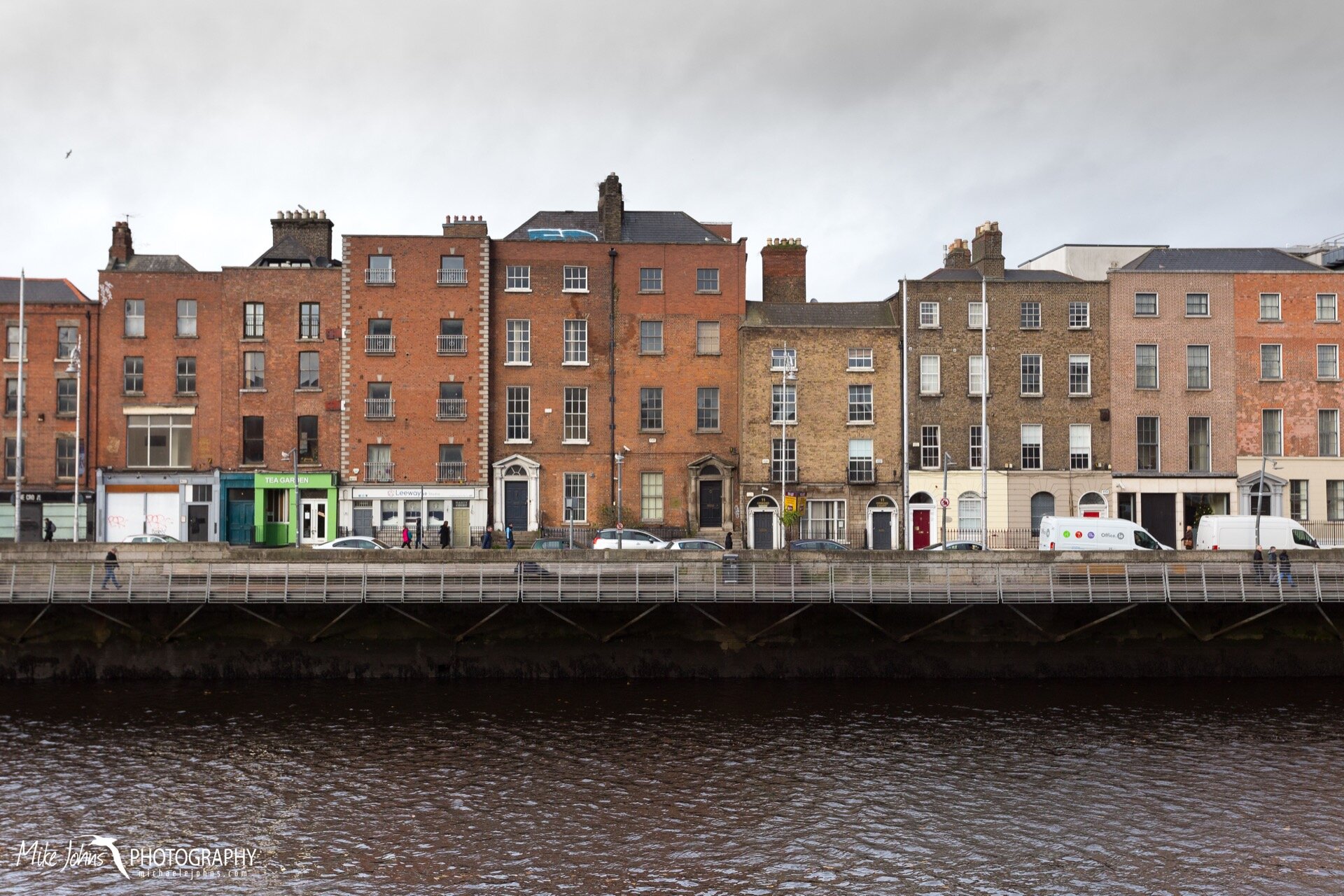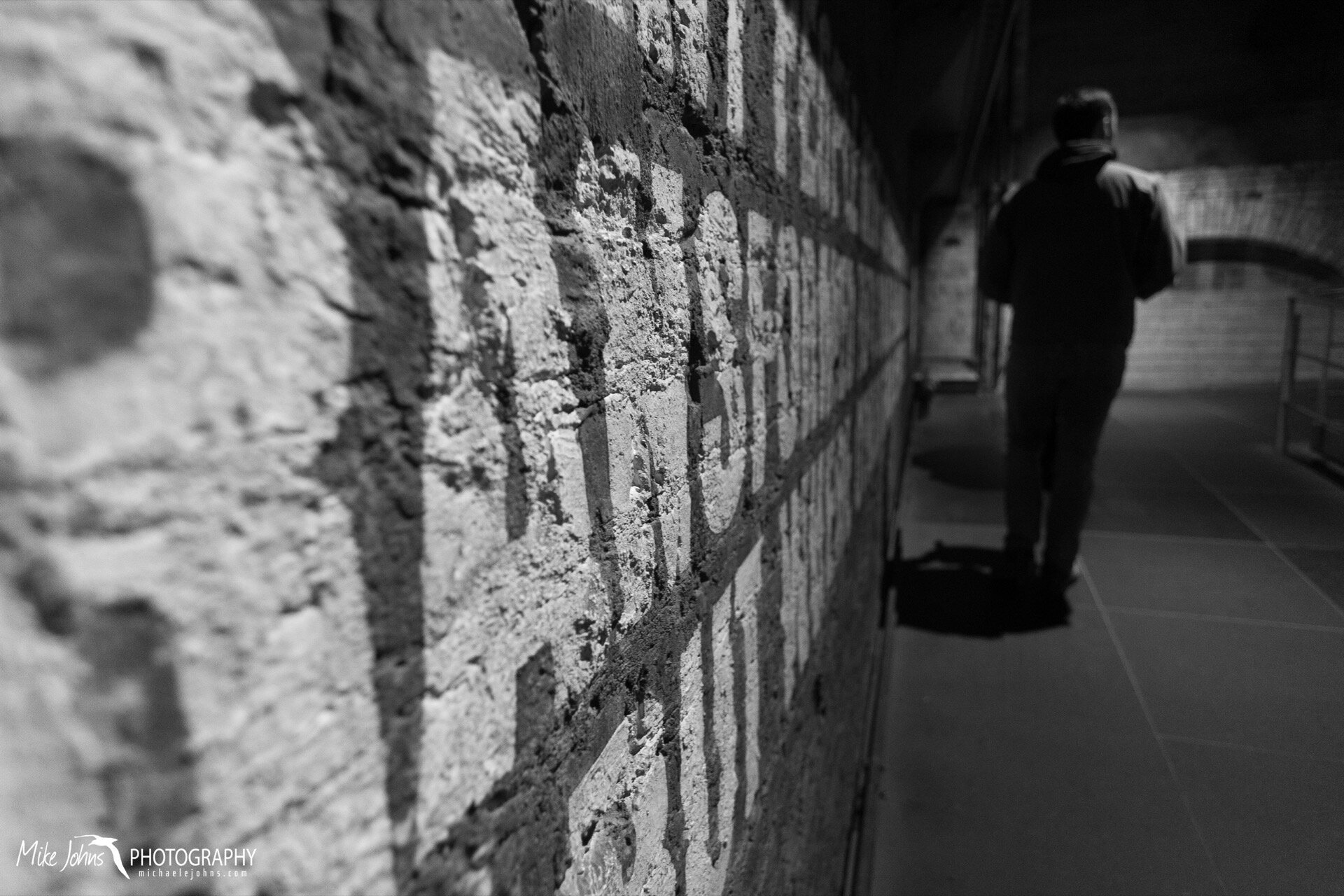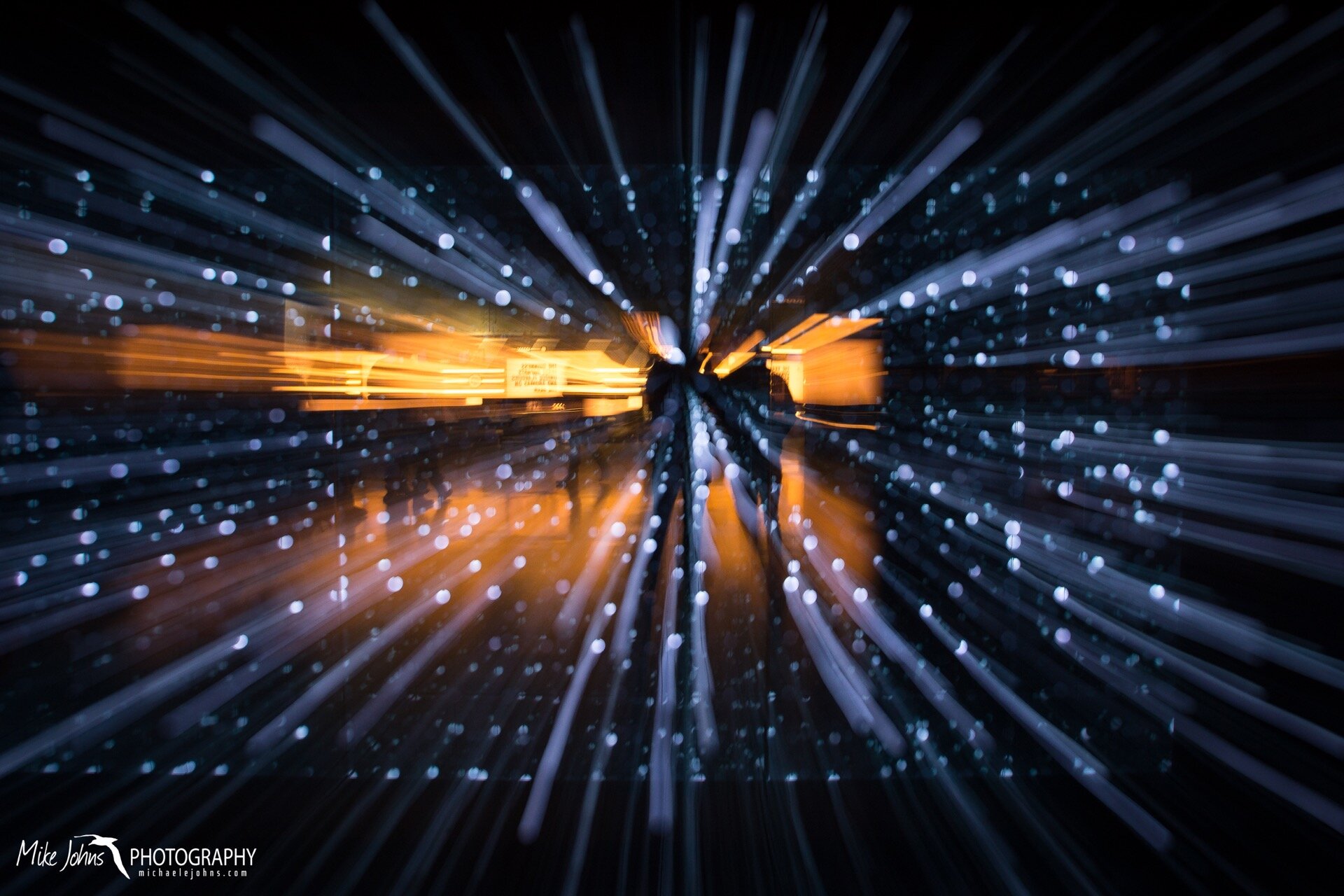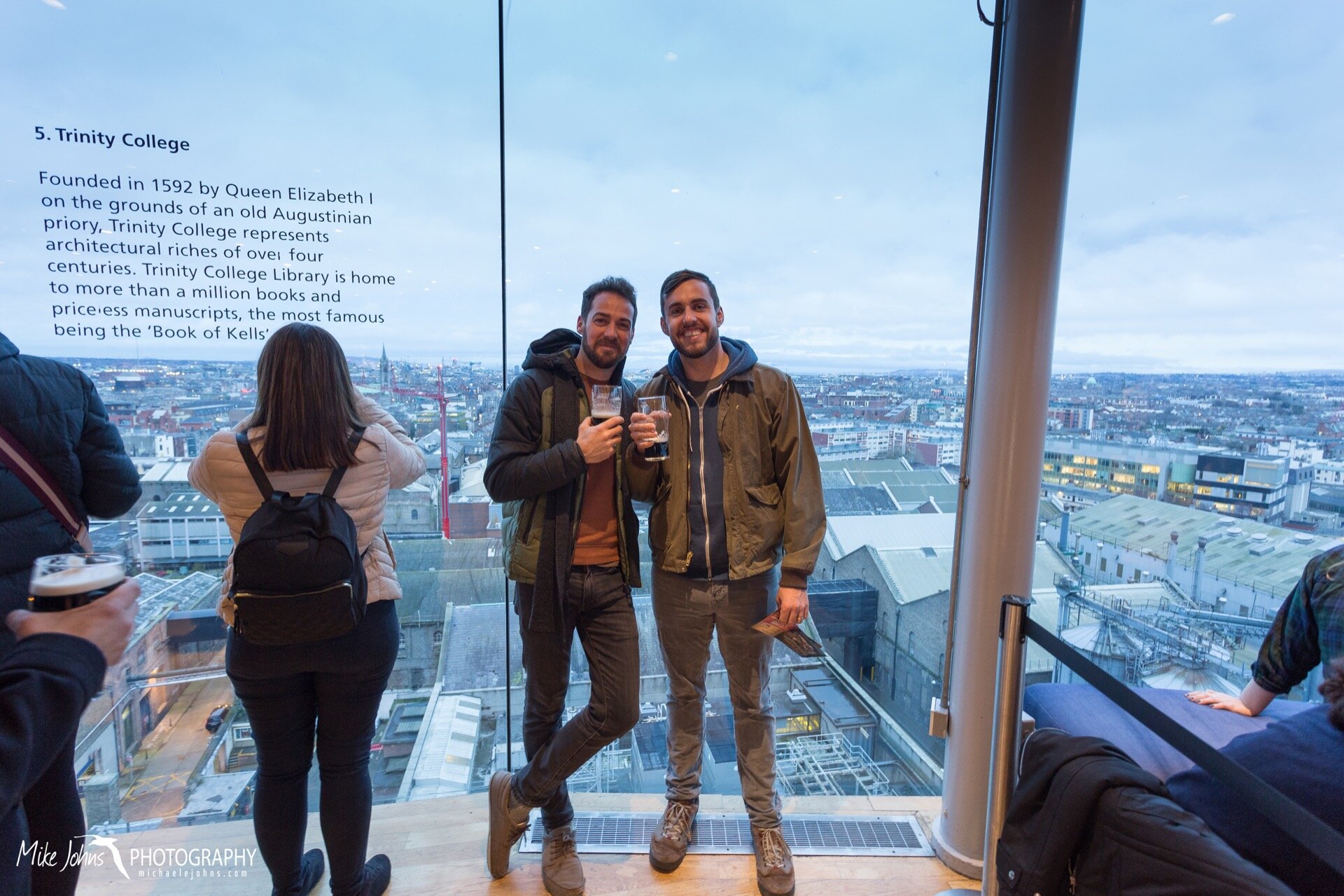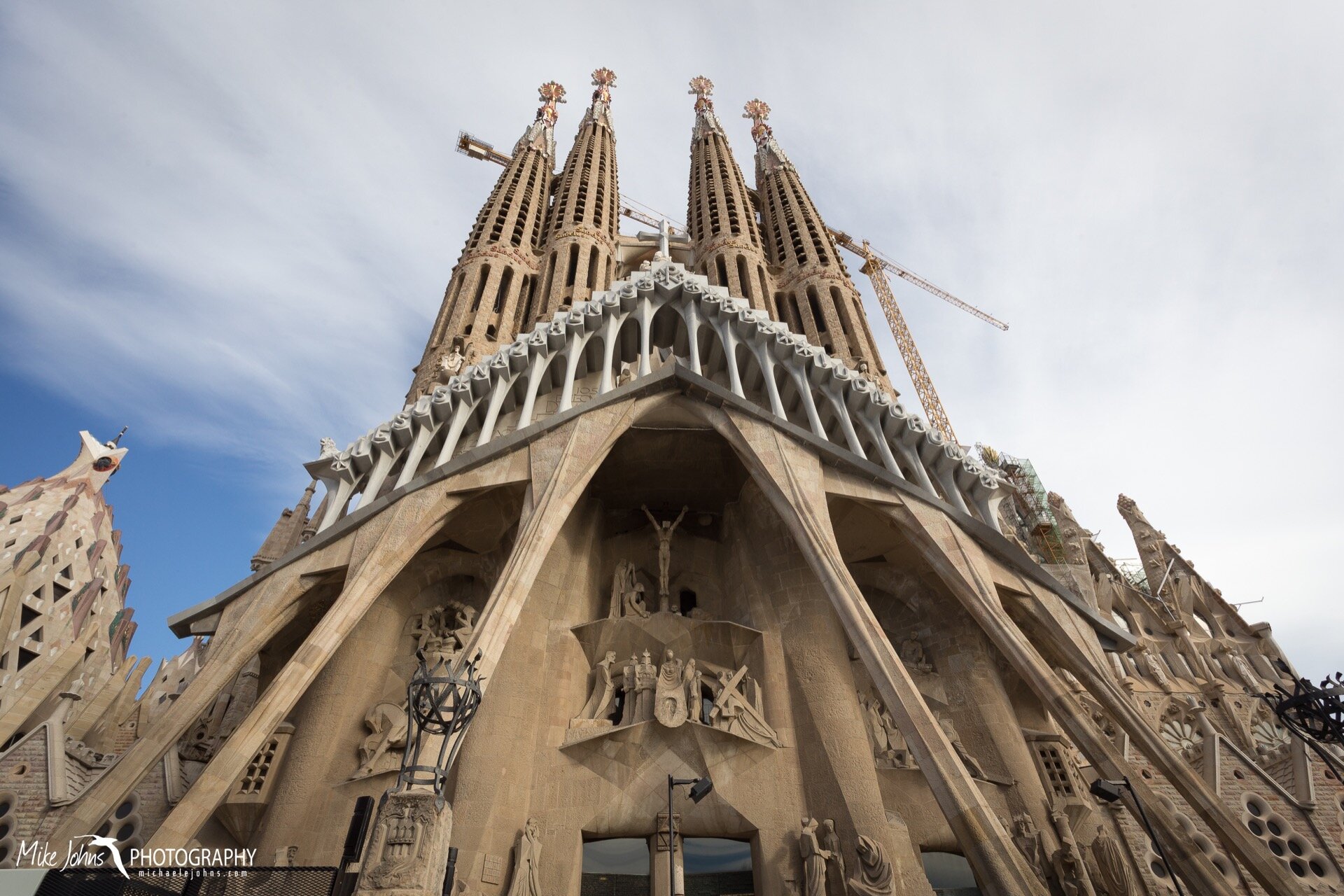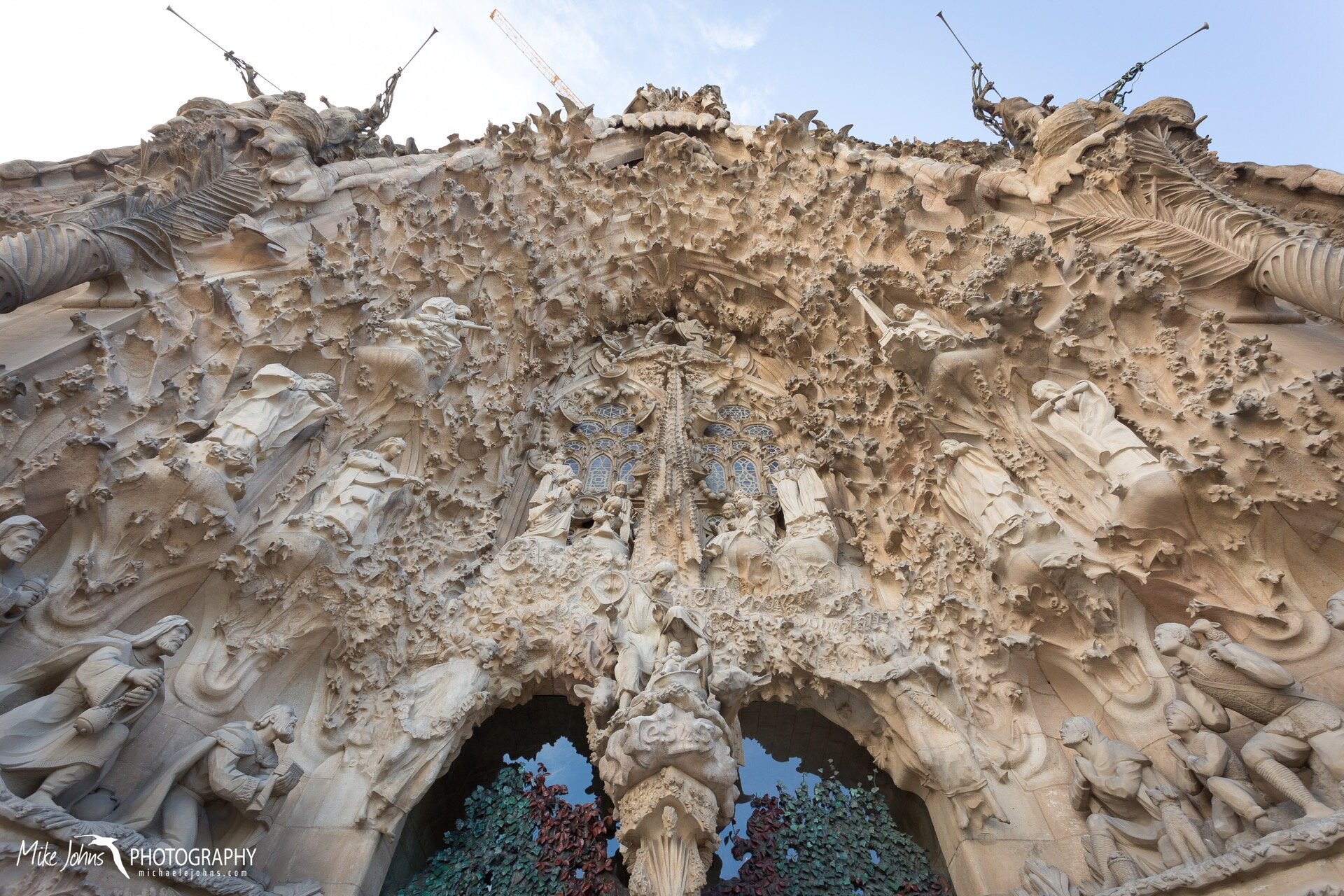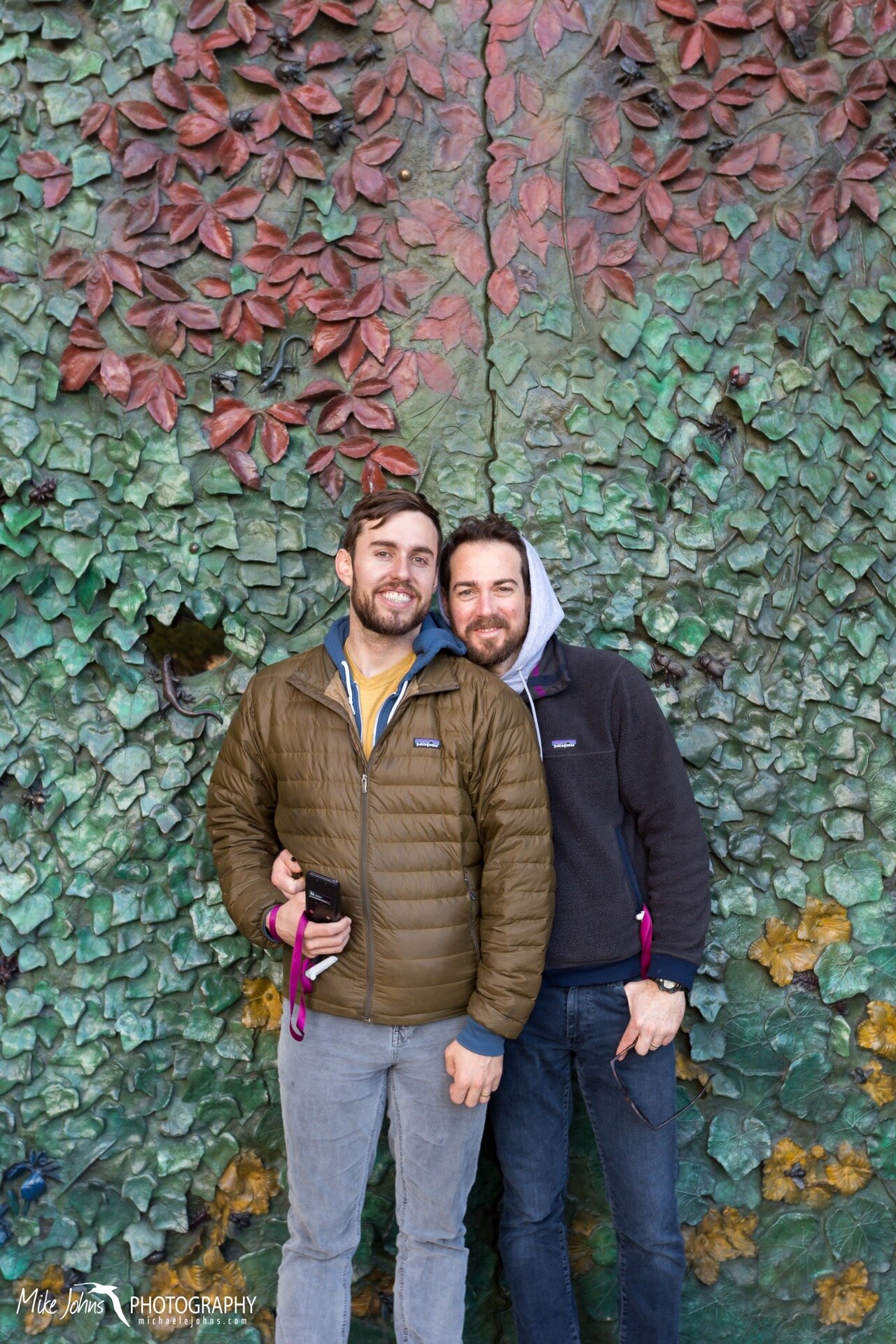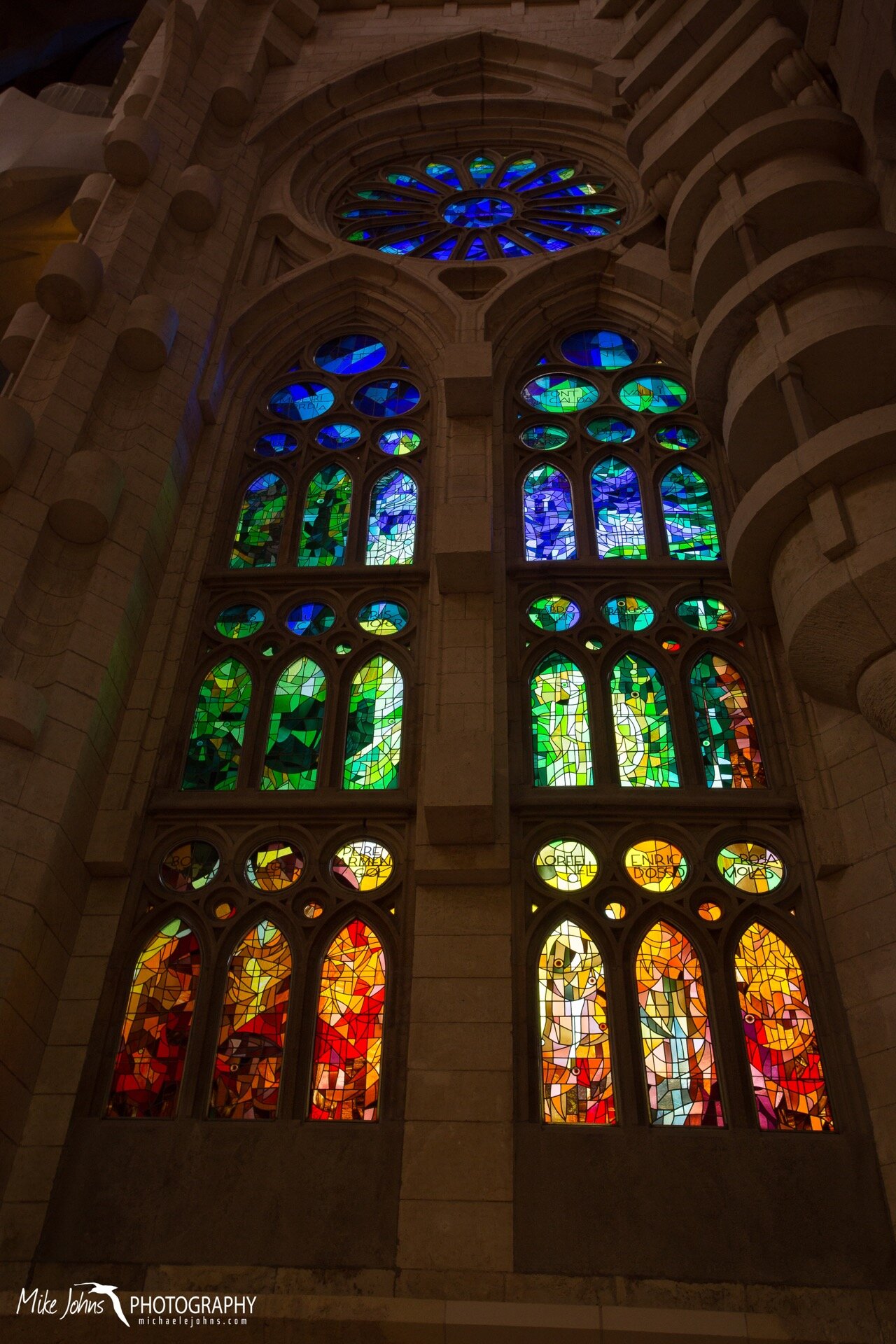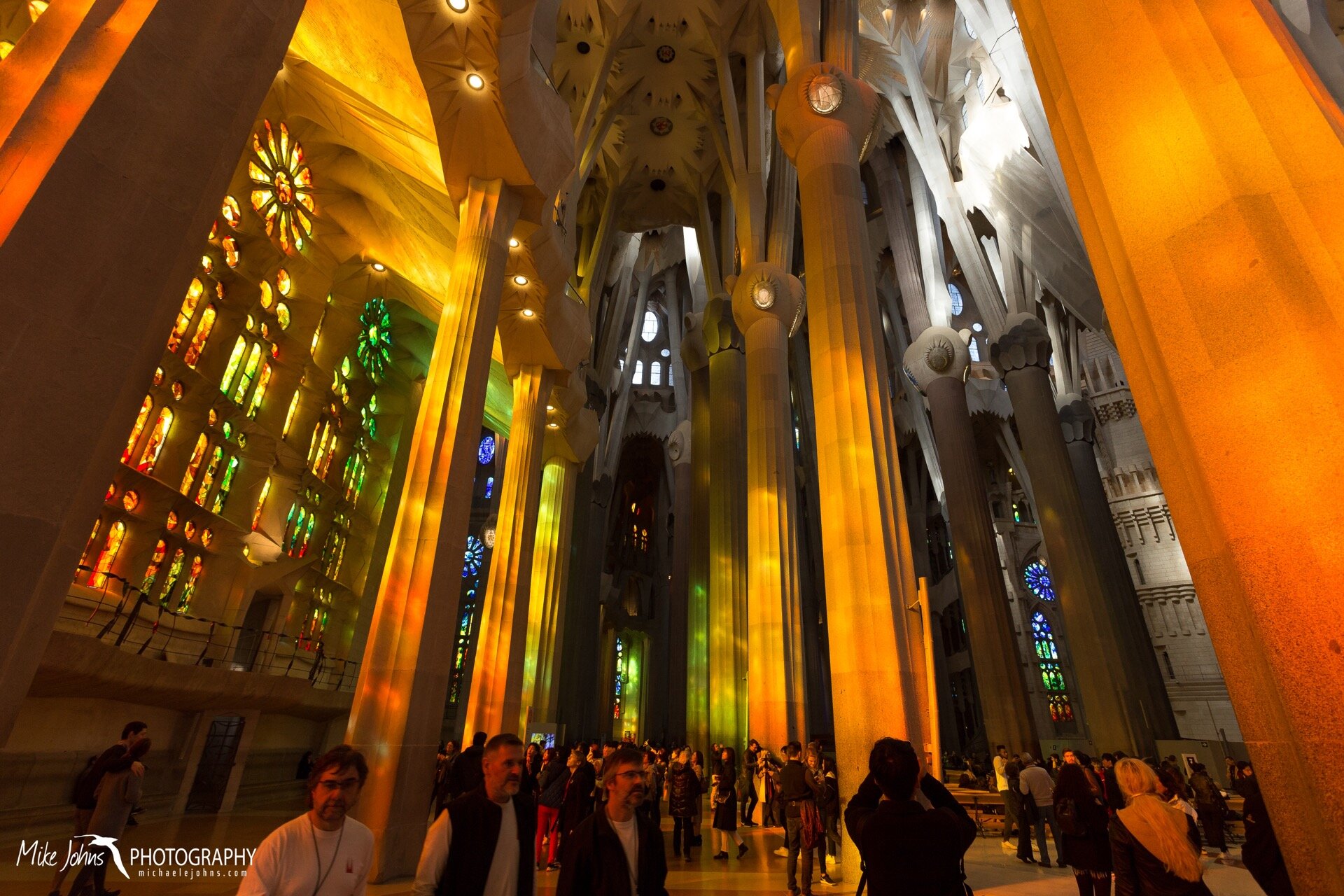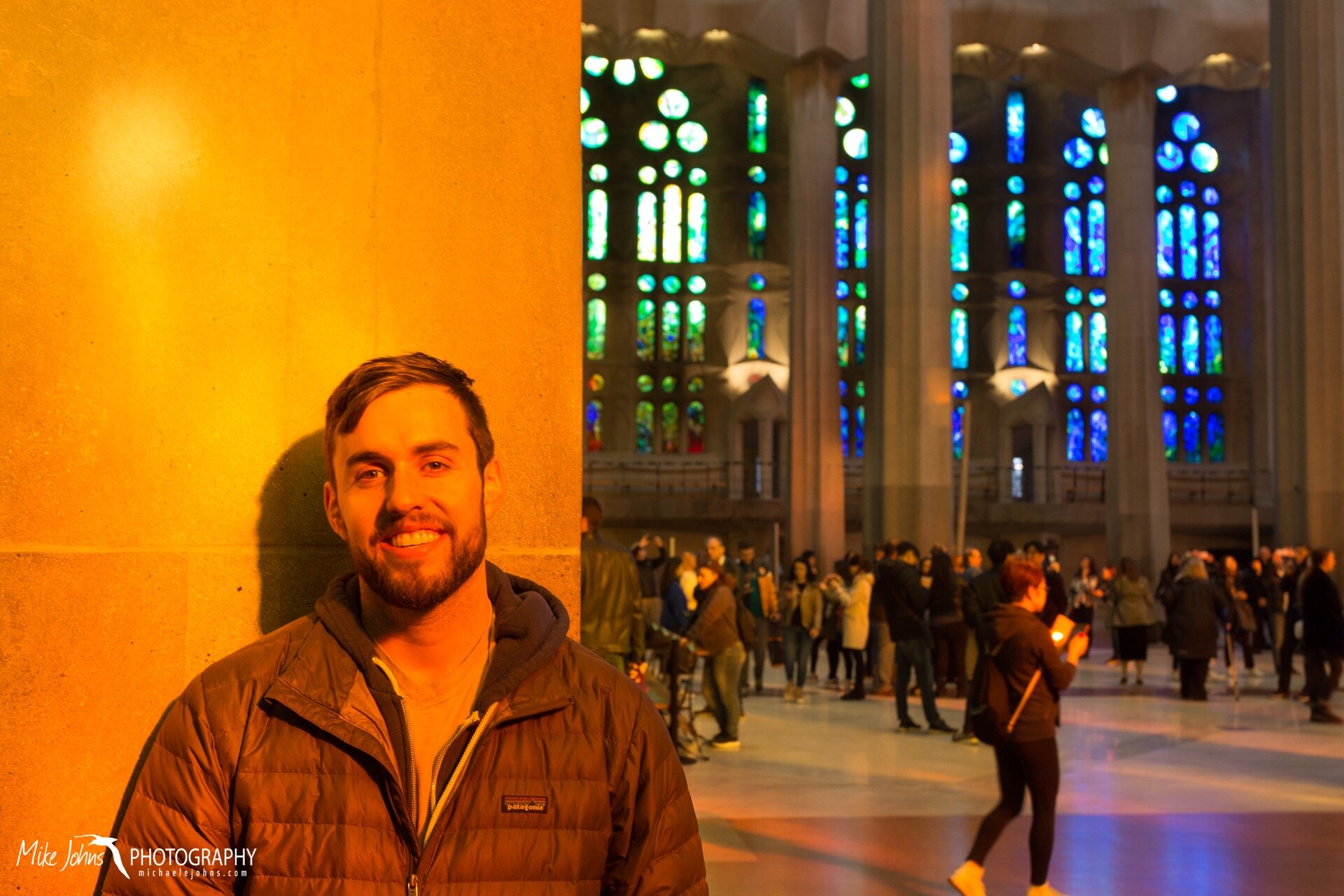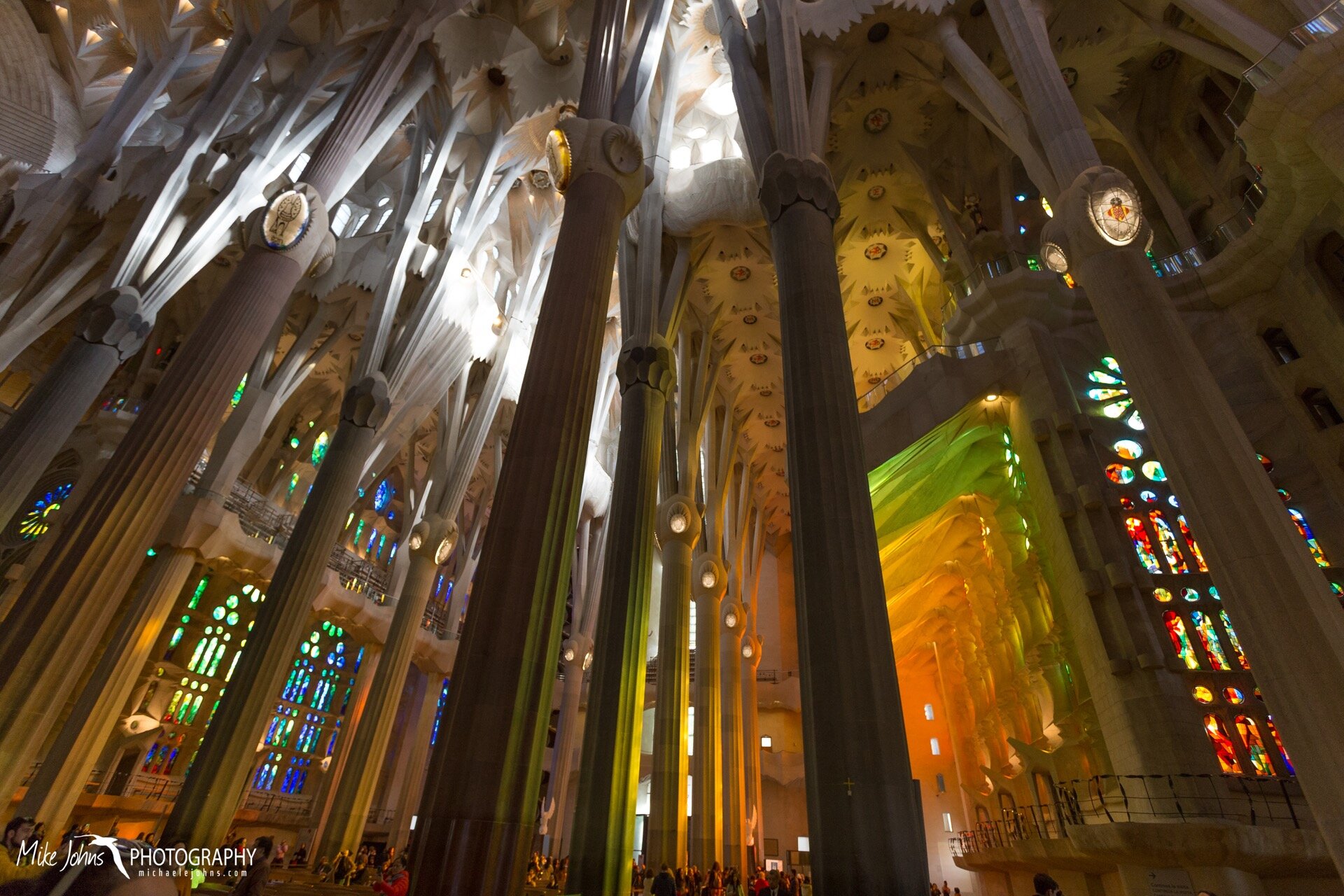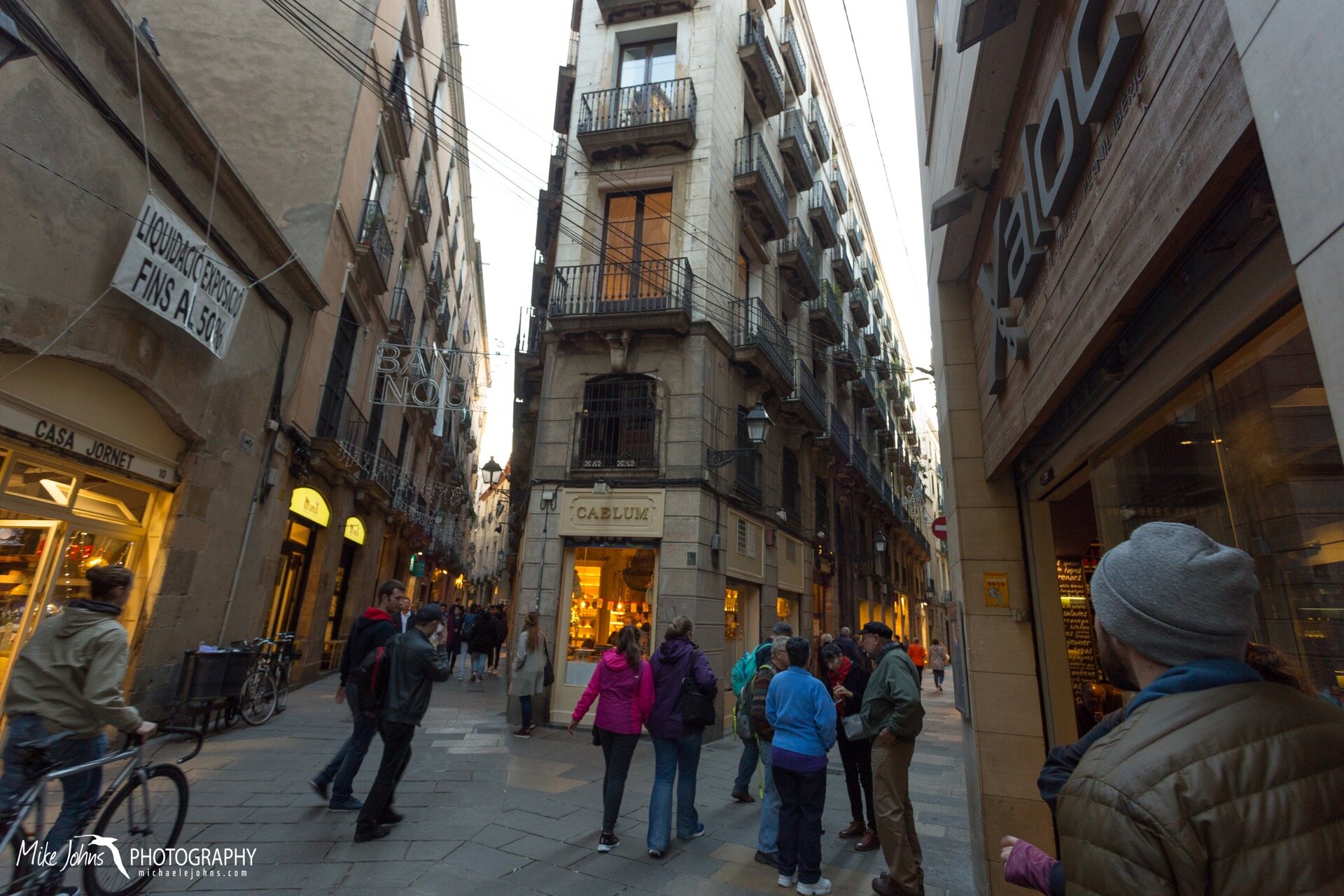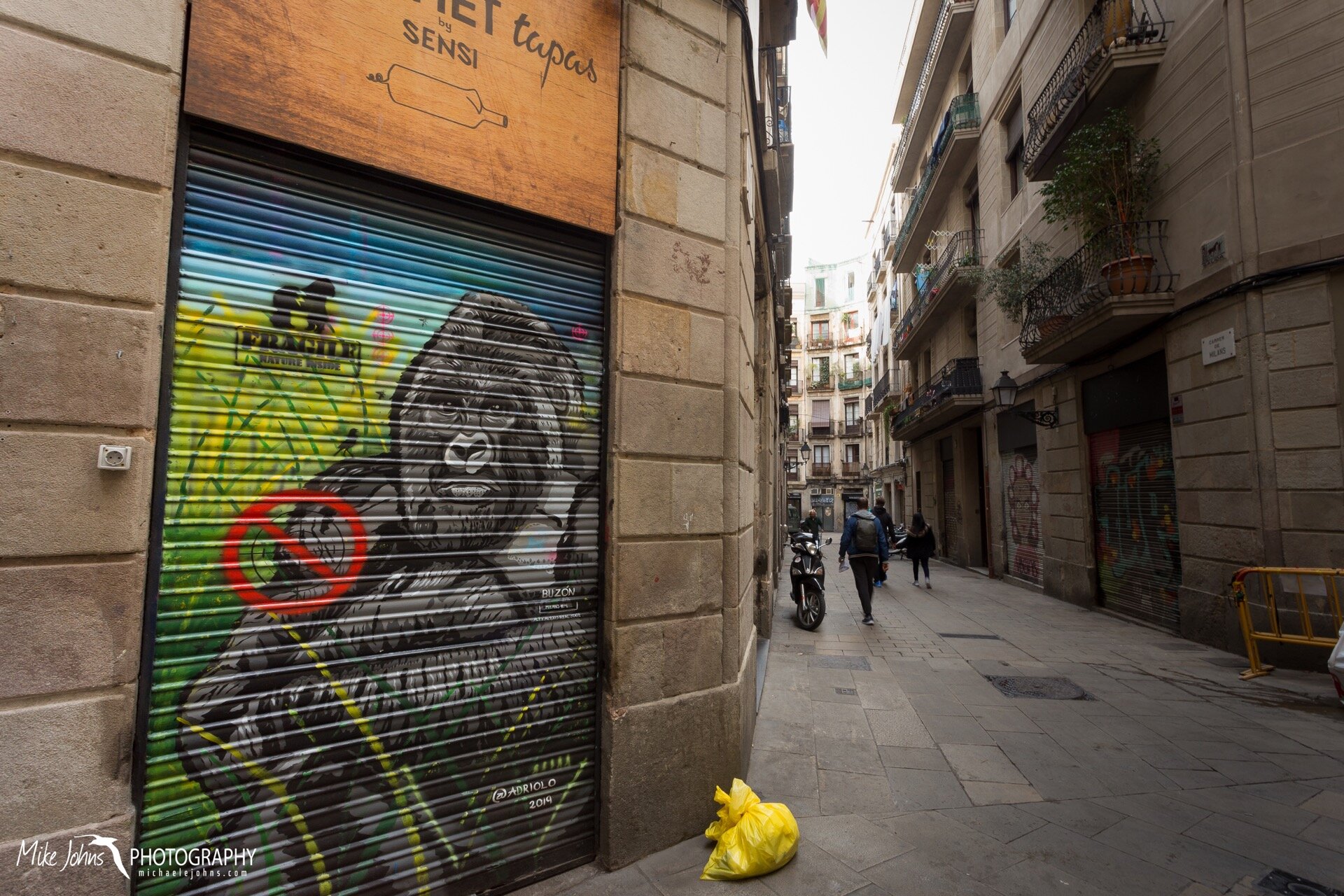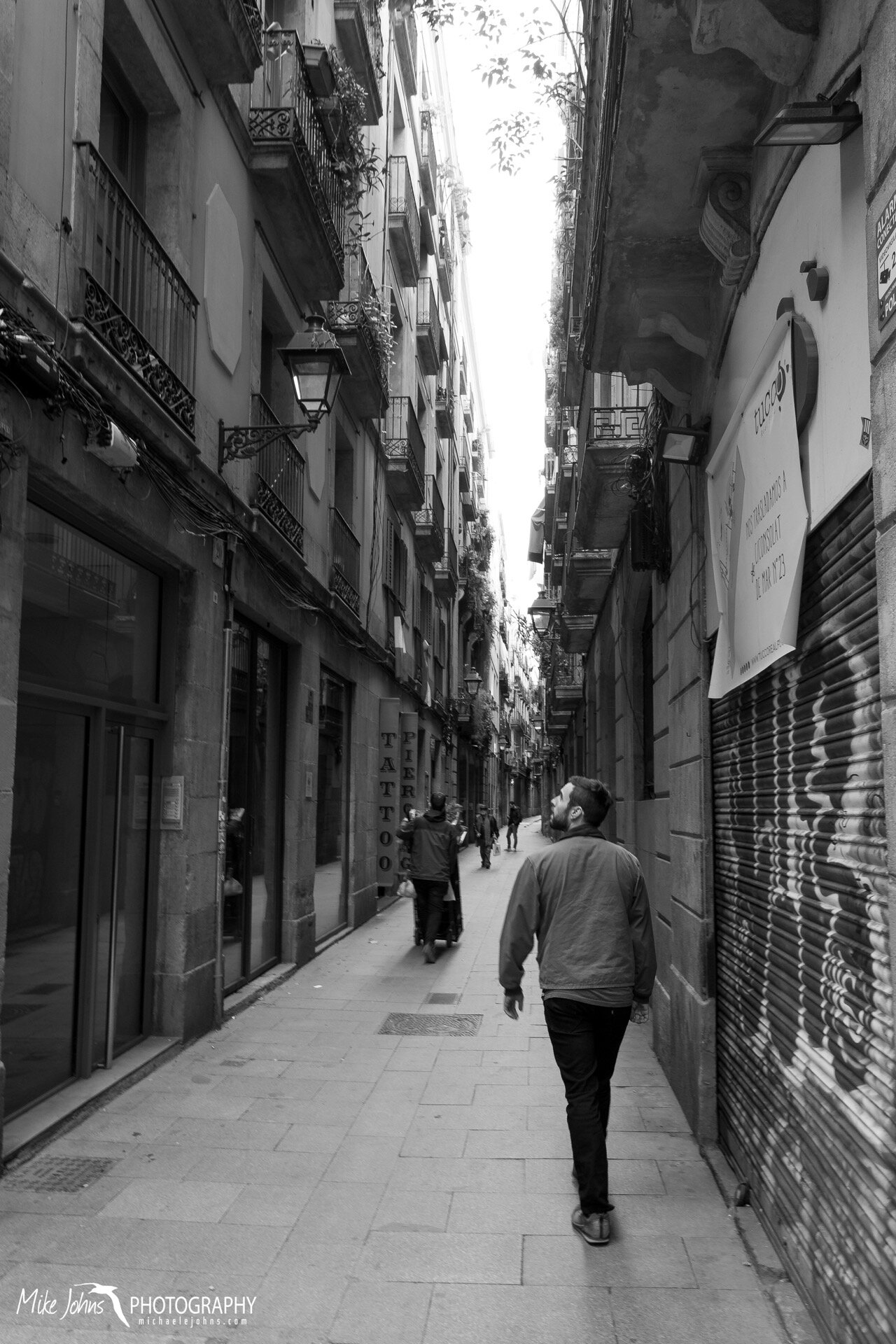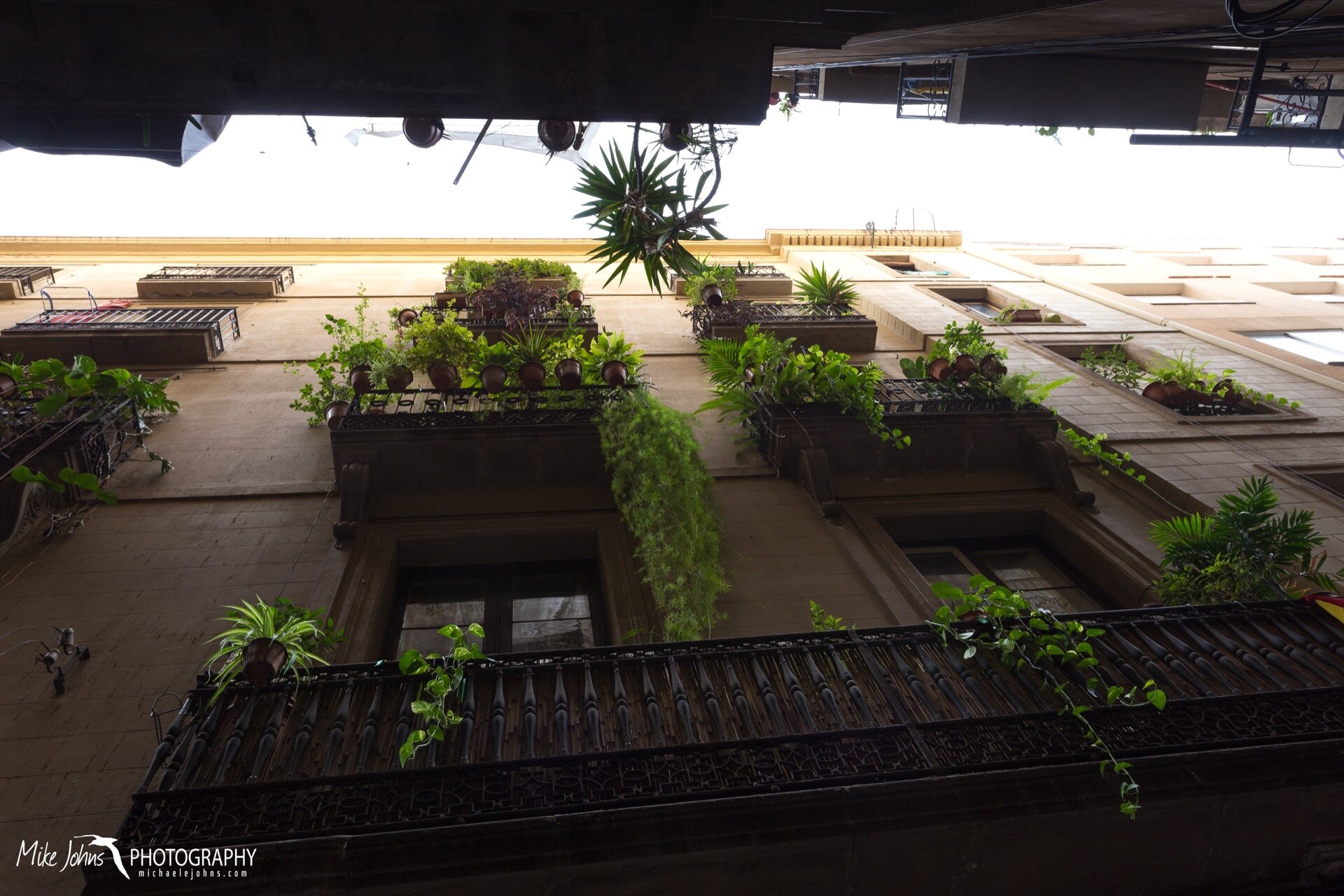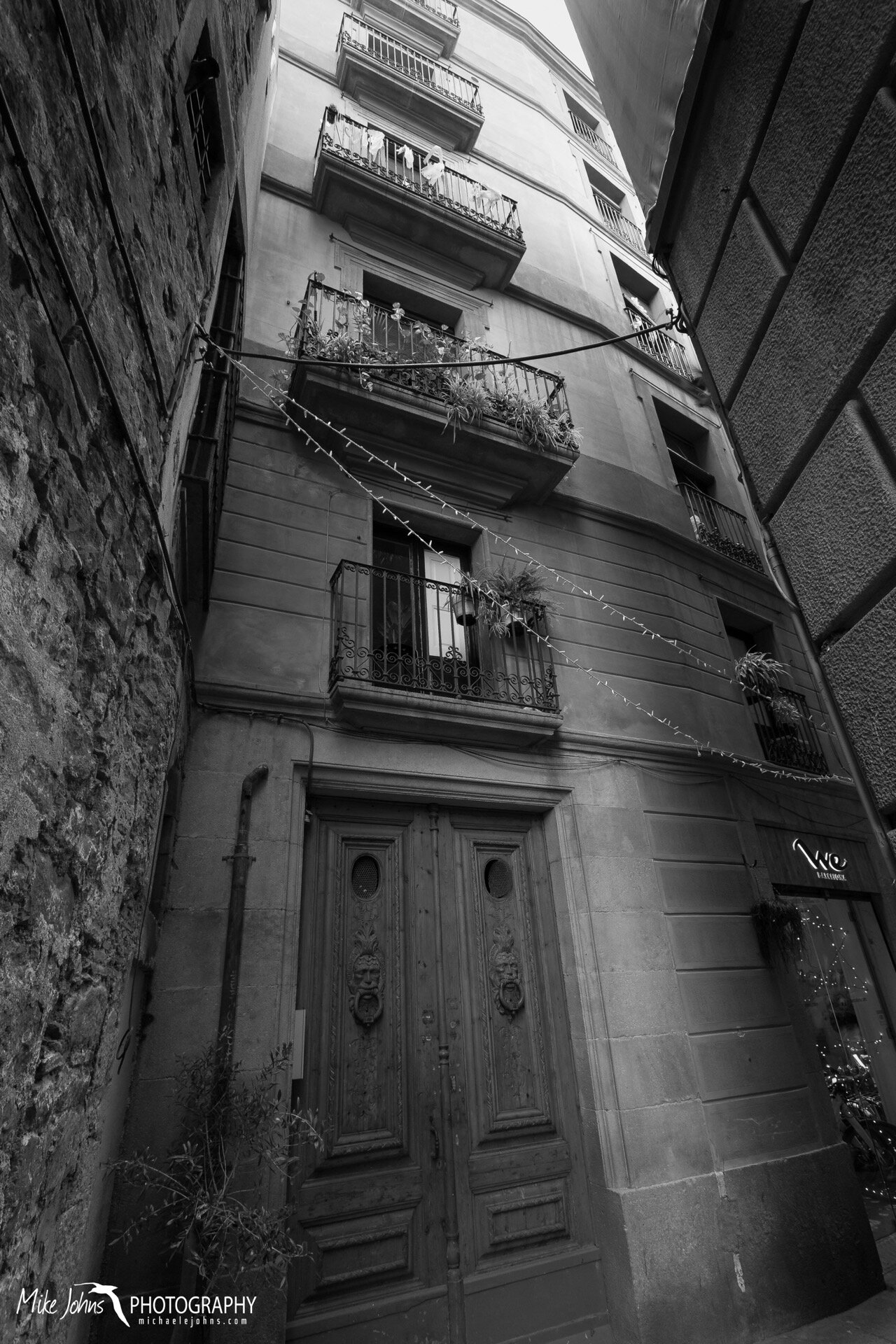I’ve had the great opportunity to work with an incredibly detailed long-term dataset of known-age Cassin’s auklets from the Farallones, but I think it’s important to put into perspective how much effort is required to collect these types of data. Above is a reimagined figure depicting the tenure of the many devoted people involved in maintaining a continuous time series dataset from 1967 when the field station was first established until the present. Thanks to these committed folks, we now have a unique tool for tackling a range of demographic, evolutionary, ecological, and management questions for several seabird and marine mammal species. This summer will be my 6th season on the island, which is a small drop in the bucket compared to some current and past Farallon personnel. Apologies if your names are slightly misrepresented or some of the years are missing, I still need to finish my degree after all. Full resolution figure HERE.
Ireland and Spain /
Casey presented some of his work on walrus teeth at the Marine Mammal Conference in Spain this year, so as usual I played the traveling spouse. We booked our flight with Aer Lingus, an Irish airline, and decided to schedule an extended 4-day layover in Dublin to tour the city and catch up with a few old friends. Dublin was packed with holiday shoppers, and bars were overflowing with a mix of locals and tourists nearly every night we were there. Still, we braved the crowds and took in the sights, which included a pint at the Guinness Storehouse and lively traditional Irish music at the famous Temple Bar.
The remainder of our Euro trip was 10 days in Barcelona, where the conference was held. We spent much of our free time wandering the Gothic Quarter; a labyrinth of narrow cobble stone alleys winding through the oldest buildings of the city, with some structures dating back to the Middle Ages. The highlight of our time in Spain was a visit to La Sagrada Familia, a massive unfinished Roman Catholic basilica designed by the Catalan architect Antoni Guadí. His artistic modern twist on the Gothic style blends traditional spiritual and religious symbolism with representations of the natural world. The impressive structure towers high above the city, but the massive work of art is best experienced from inside. Huge columns of stone rise and fork overhead like a giant tree canopy, and beautifully intricate stained glass windows invoke the warm colors of a sunset. In my opinion, this basilica is as much a celebration of the natural world as it is of the spiritual one, a truly unique masterpiece that can be enjoyed by all. Guadí was hit by a trolly and died in 1926, 43 years after he took on the project of Sagrada Familia in 1883. Through donations and visitor fees the construction continuous, with the major elements slated for completion by 2026, the centennial of Guadí’s death.
Local Paddle /
After years of being frozen all winter, I finally have the opportunity to use my kayak. I was lucky enough to find a storage locker for my 19 ft wooden boat only a 10 minute walk from our apartment, and just steps from a launch into Lake Union. My normal paddle extends from Stimson Marina in Ballard, under the Ballard Bridge, past rows of fishing boats, sail boats, and house boats, through The Cut, under the Fremont and 99 Bridges, and into Lake Union proper. The heat map below shows my most used paths. Not surprisingly the views of Seattle’s skyline are particularly stunning in the cold early morning and just before sunset. Now I just need to build up the courage to make it through the Ballard Locks and out into Puget Sound.
Moving Out Of Alaska /
Five winters later and the time finally came to say goodbye to Fairbanks. After donating or throwing out anything we couldn’t fit into Casey’s Honda CRV and my Toyota Tacoma, we hit the road for Seattle. My dad, who flew up from California to take part in the move, drove the Tacoma with Noosa as co-pilot. It was early September, so the fall colors from the birch and cottonwood of the Boreal Forest transitioned back into the the late summer greens of cedar and big leaf maple in the Pacific Northwest. We took the eastern route on our move up in 2014, so this time we decided to give the western Cassiar Highway a try. Road conditions were excellent, camping was easy, we found some time after dinners to paddle Kluane, Boya, and Meziadin Lakes, and although we saw many black bears none of them ended up in our tents. Good times were had by all, and it was great getting to share the road trip with my dad.
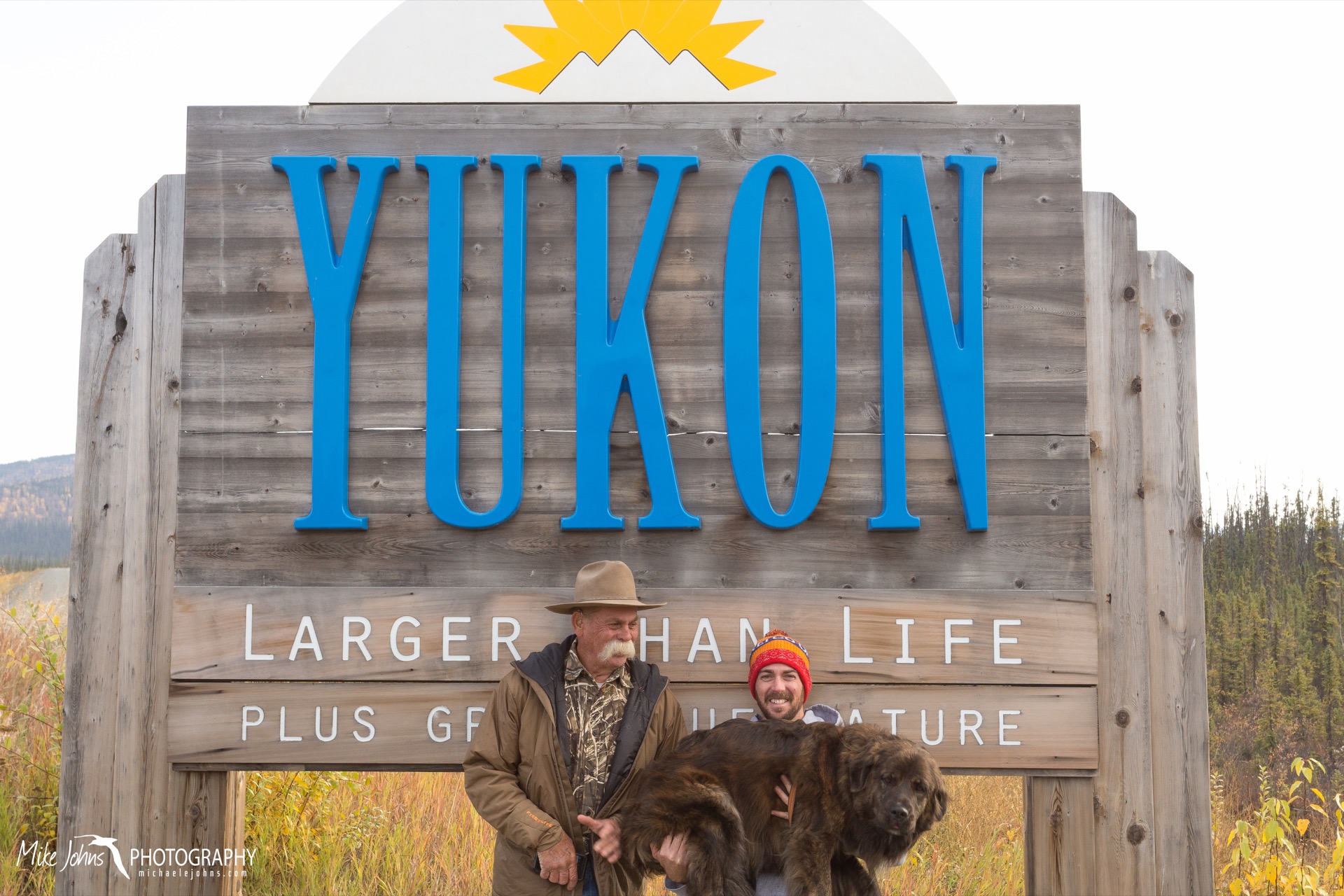
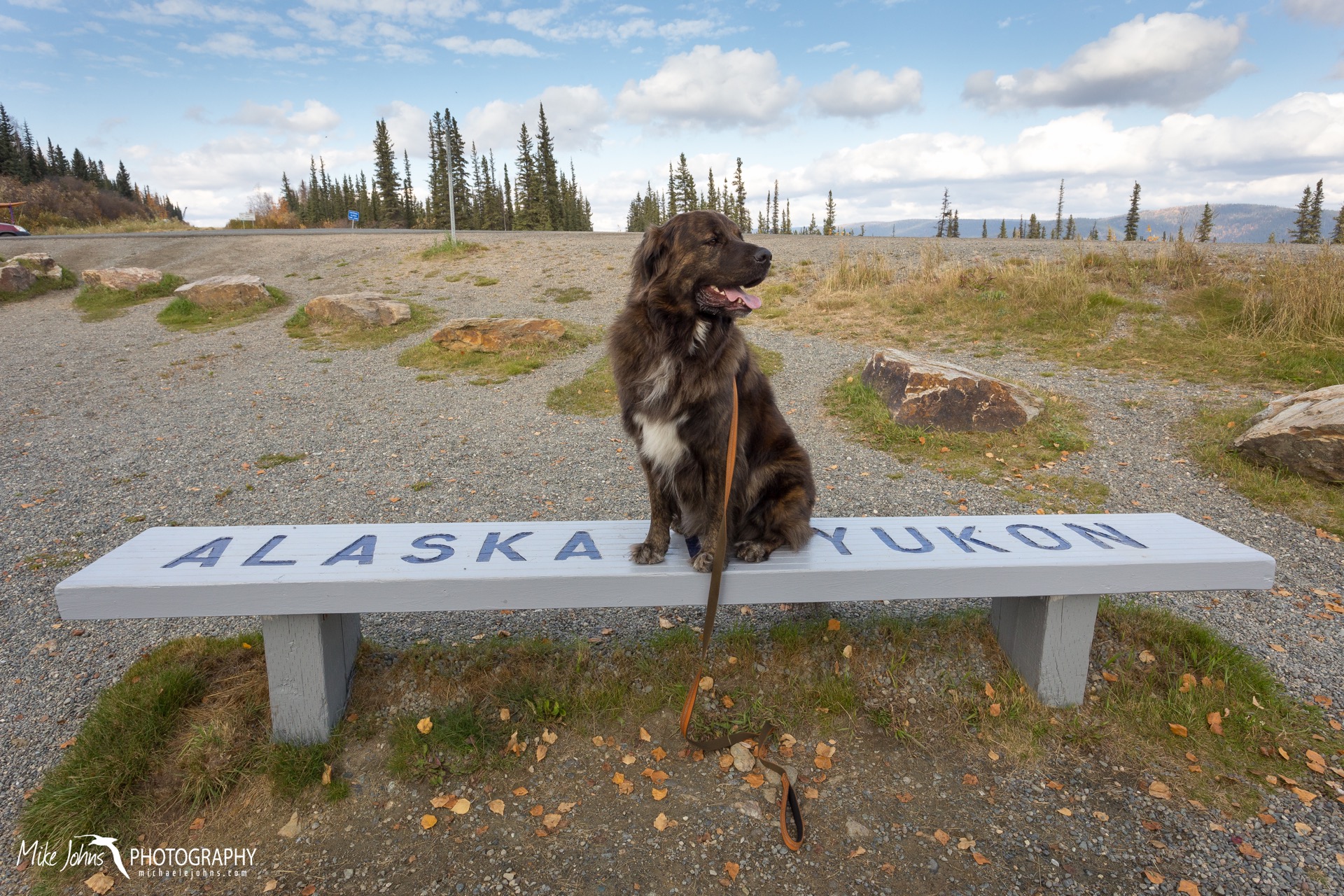
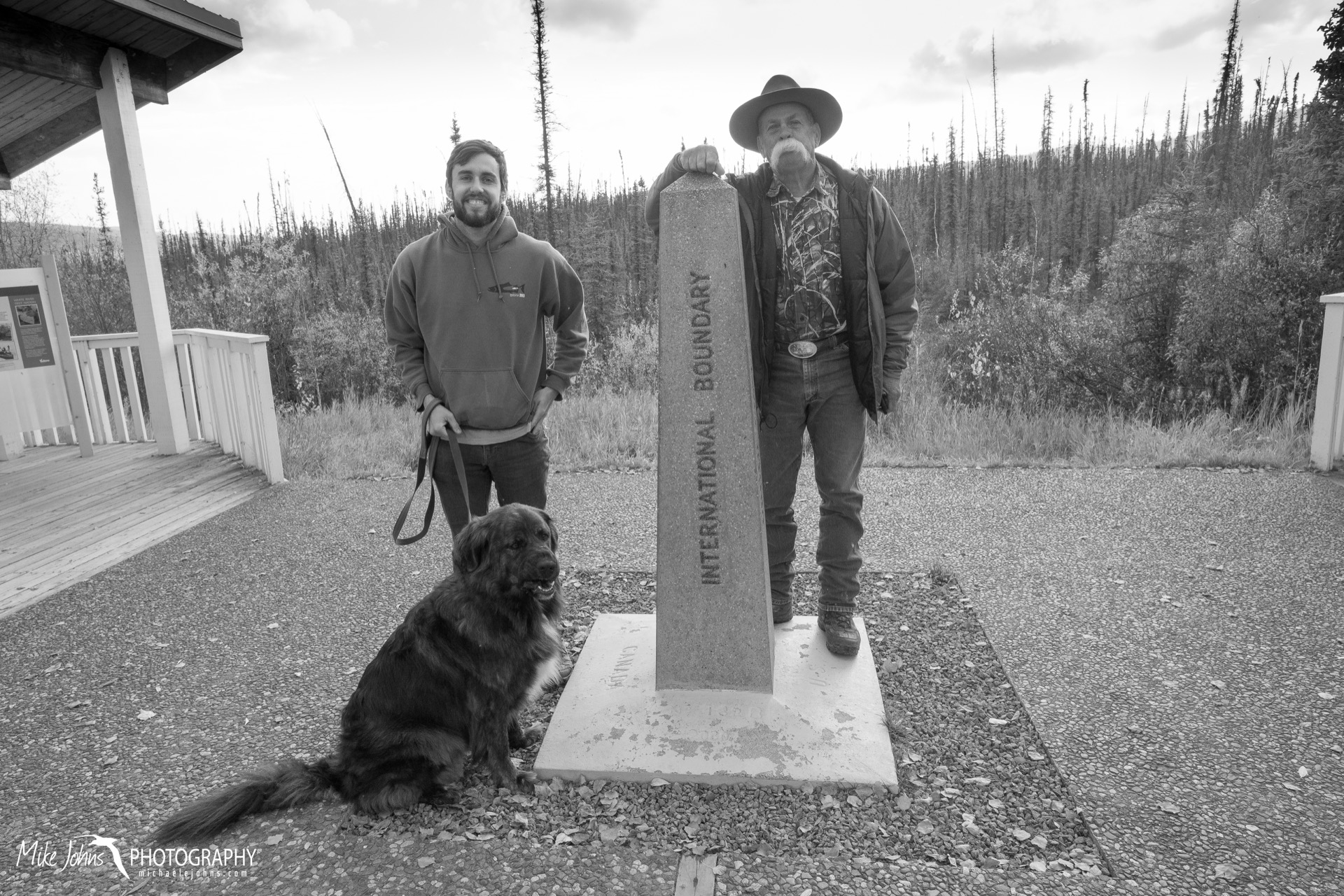
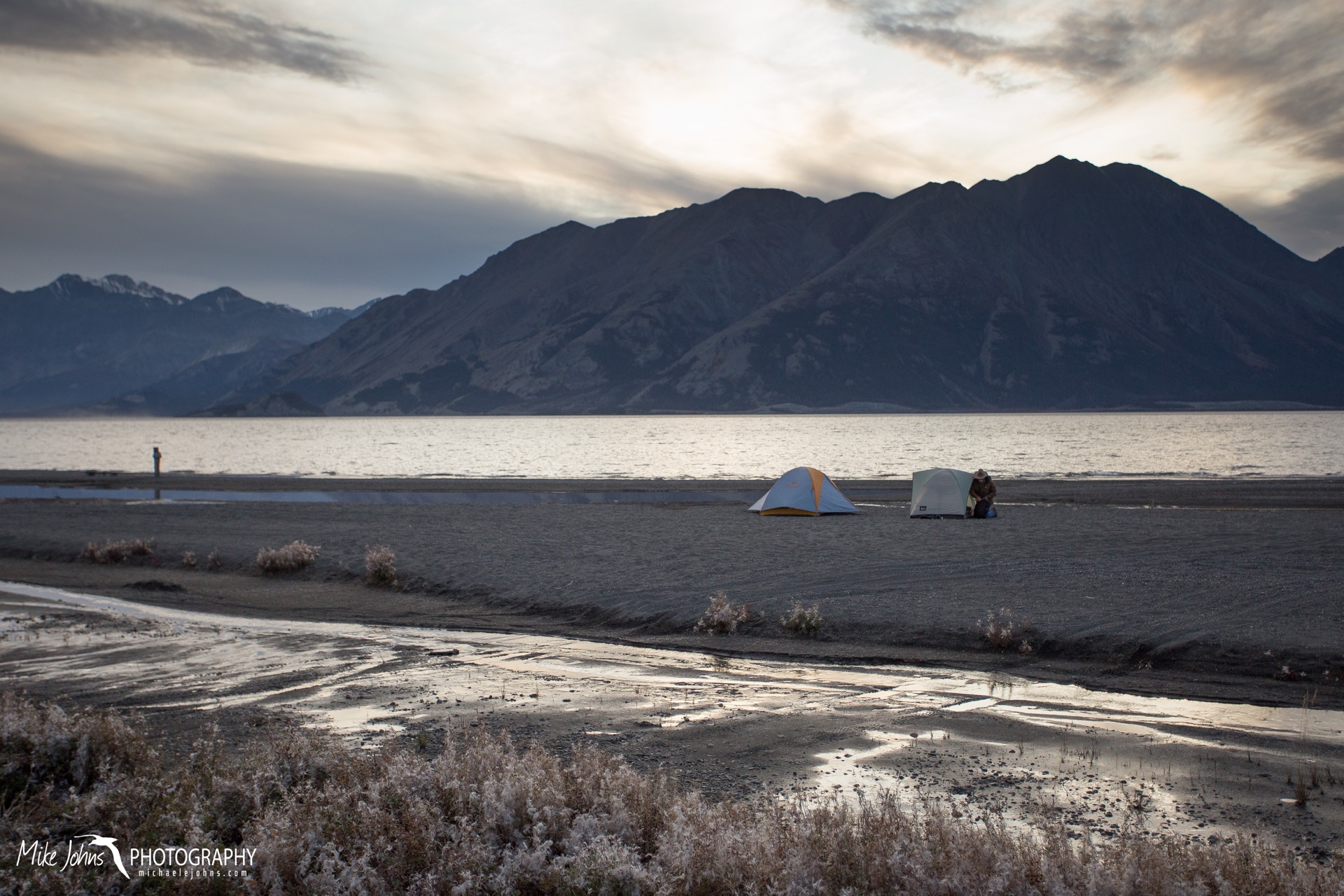
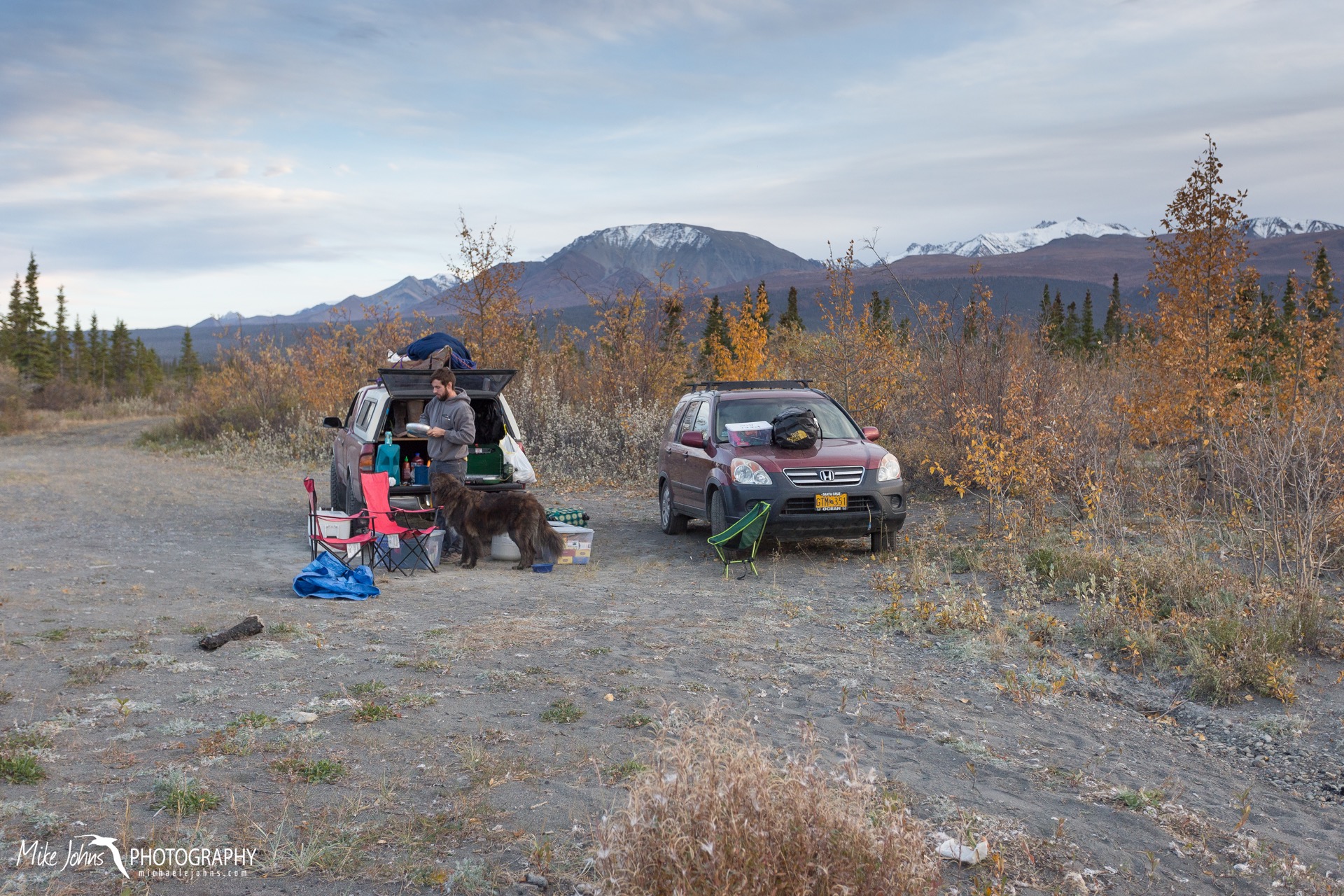
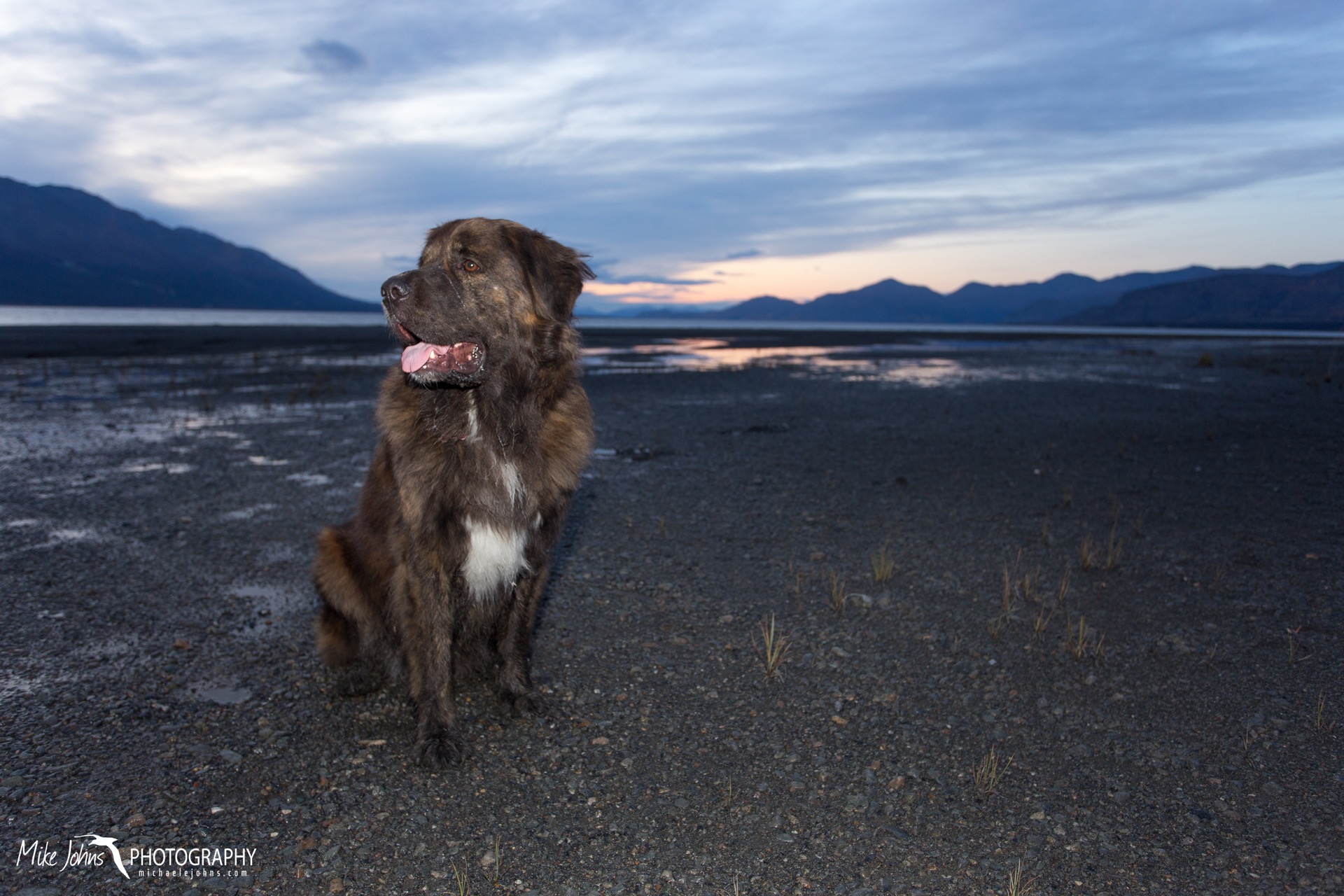
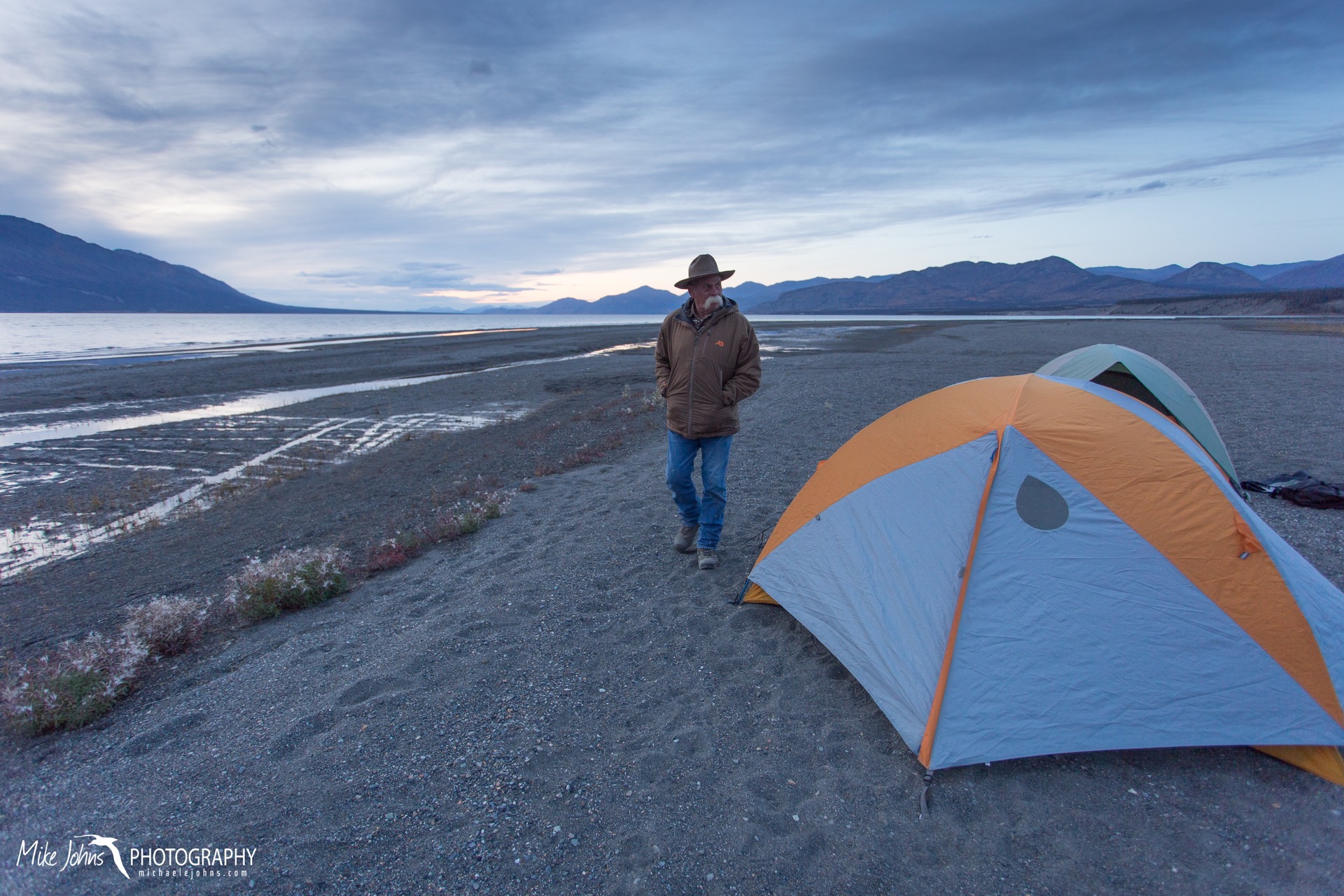
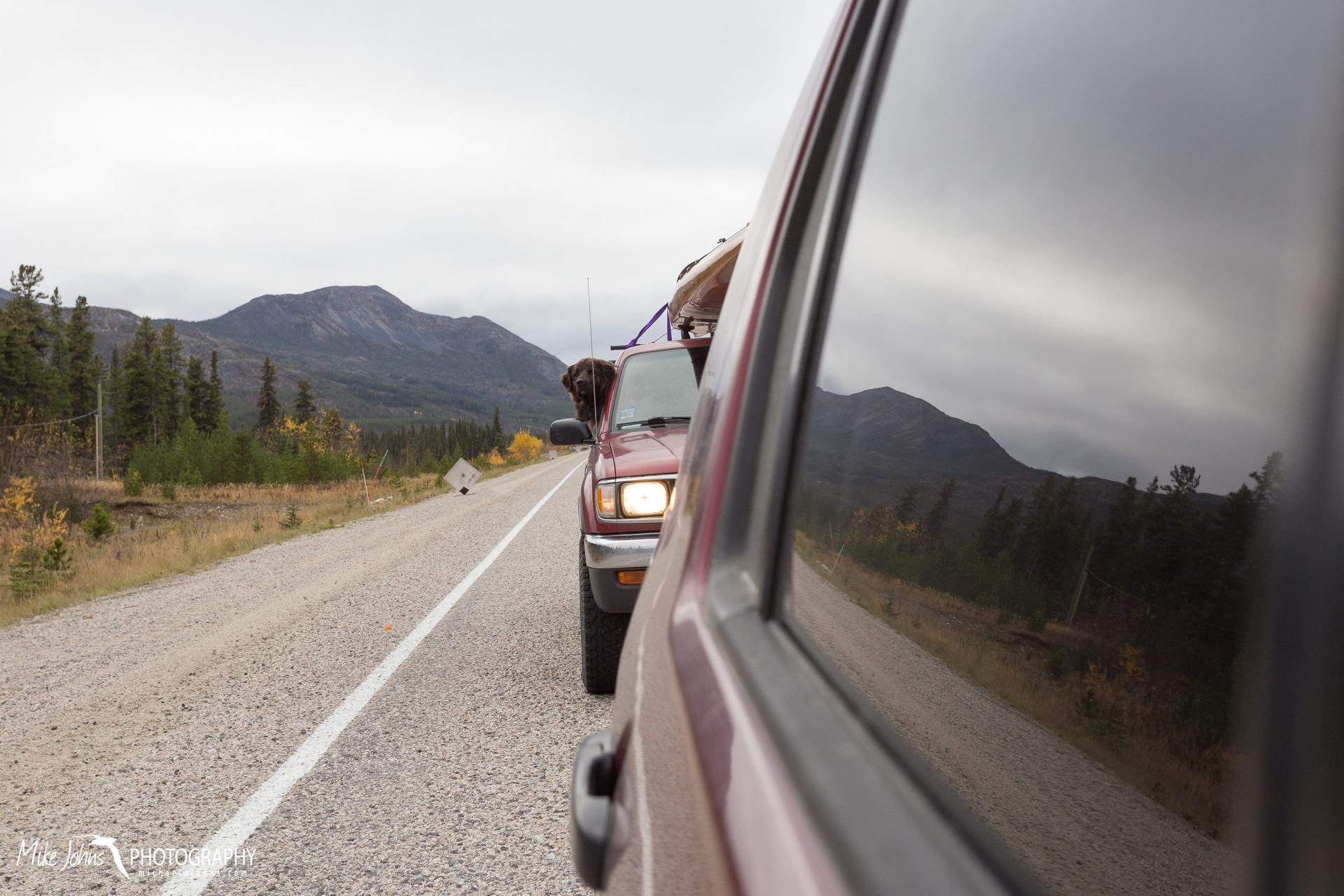
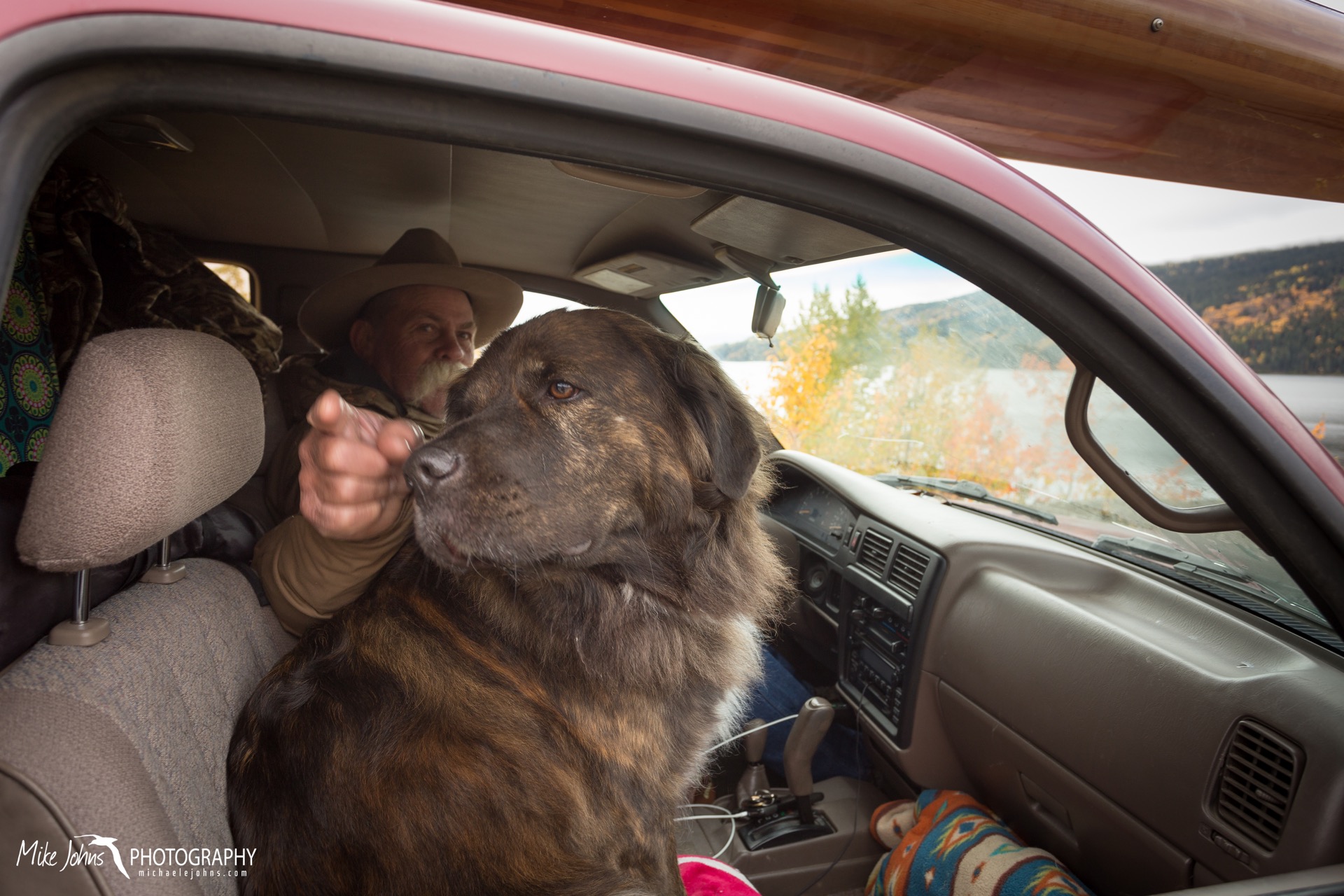
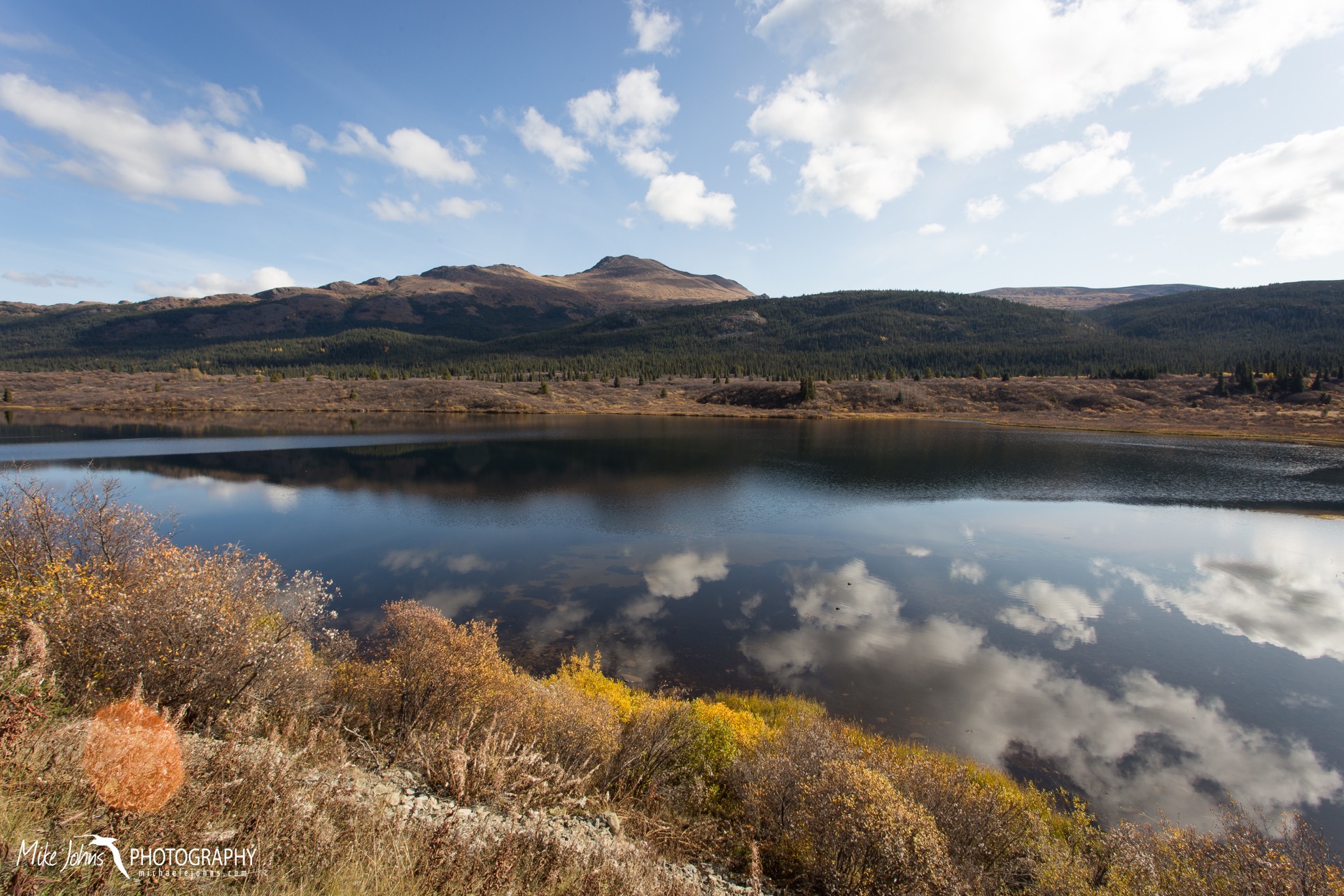
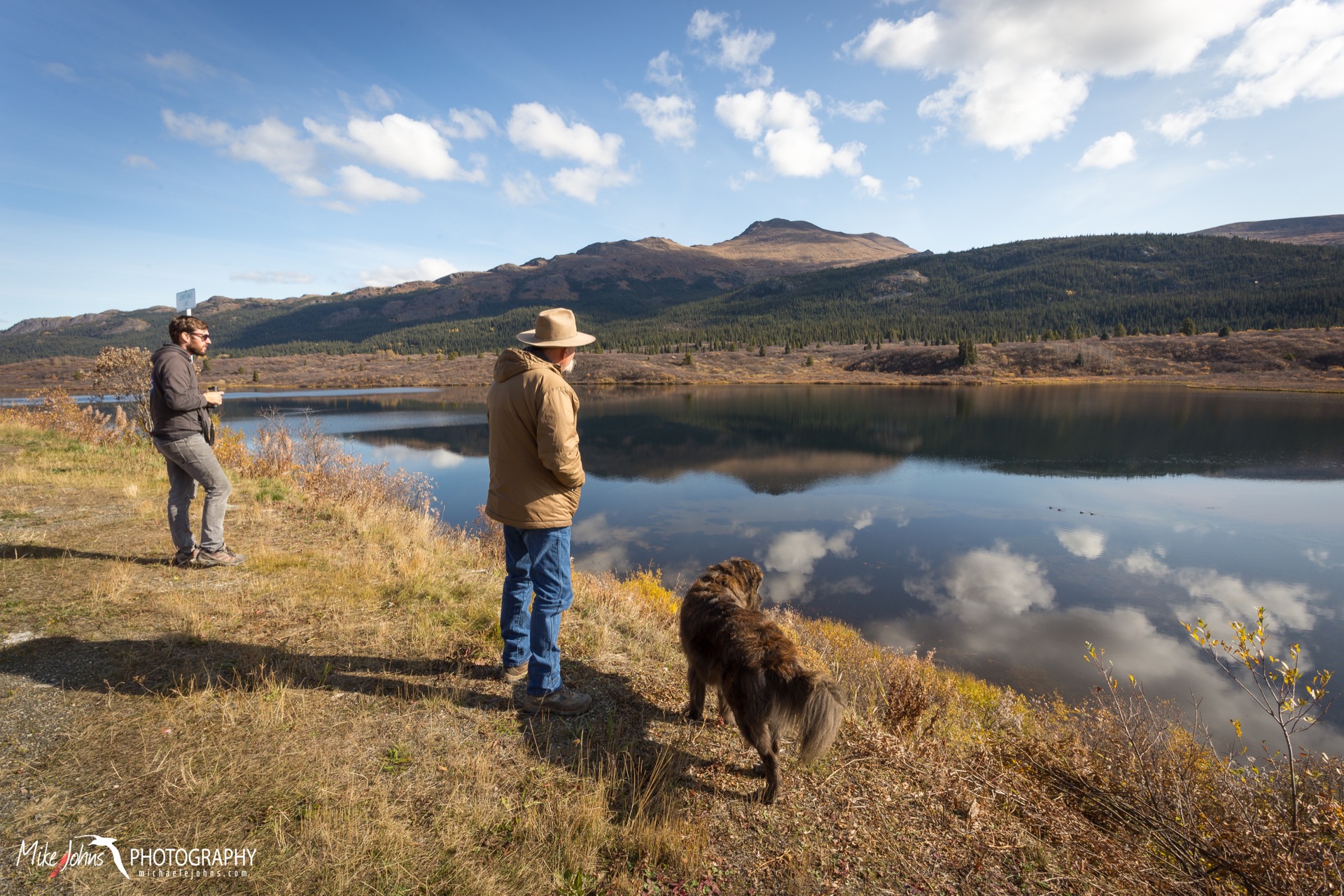
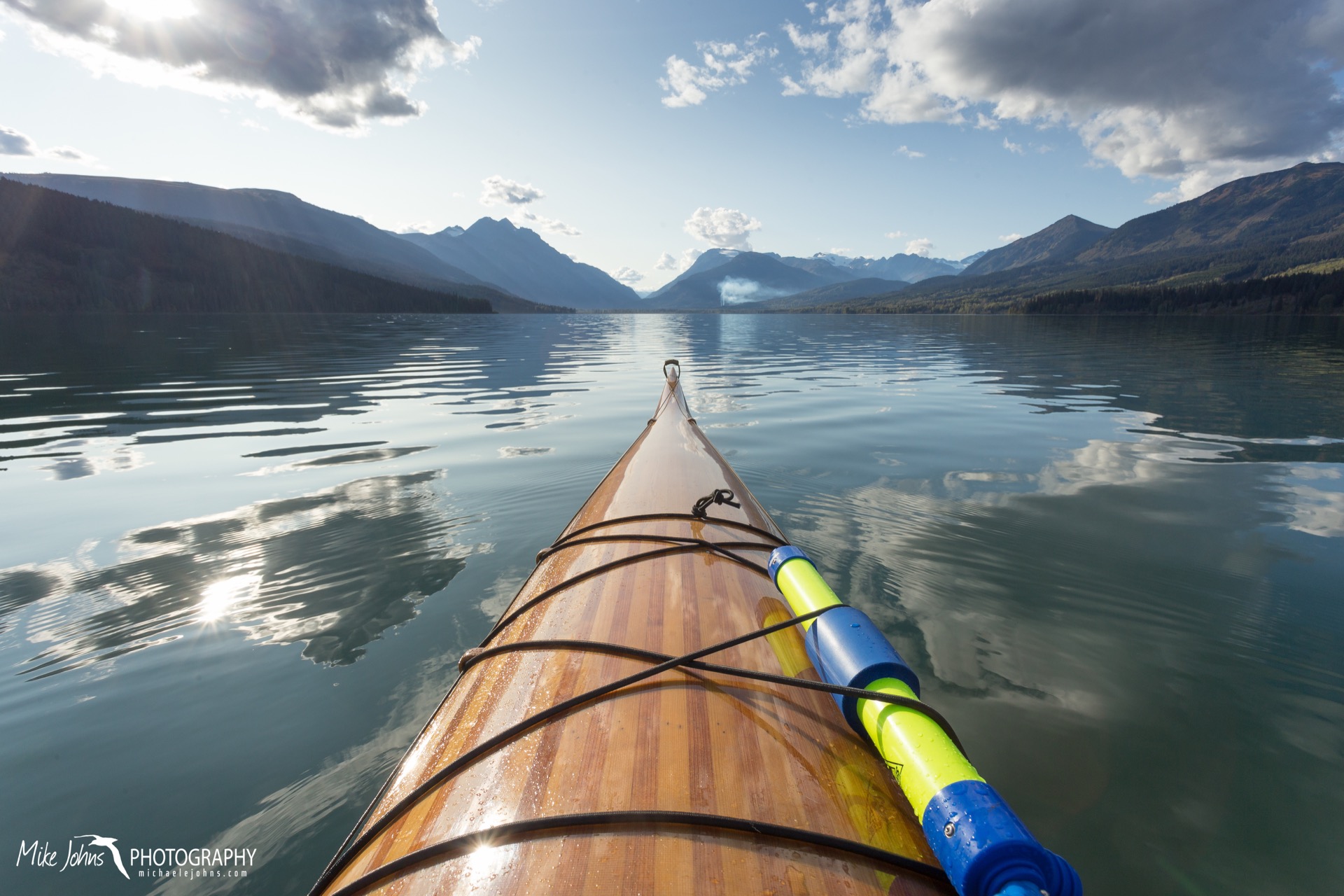
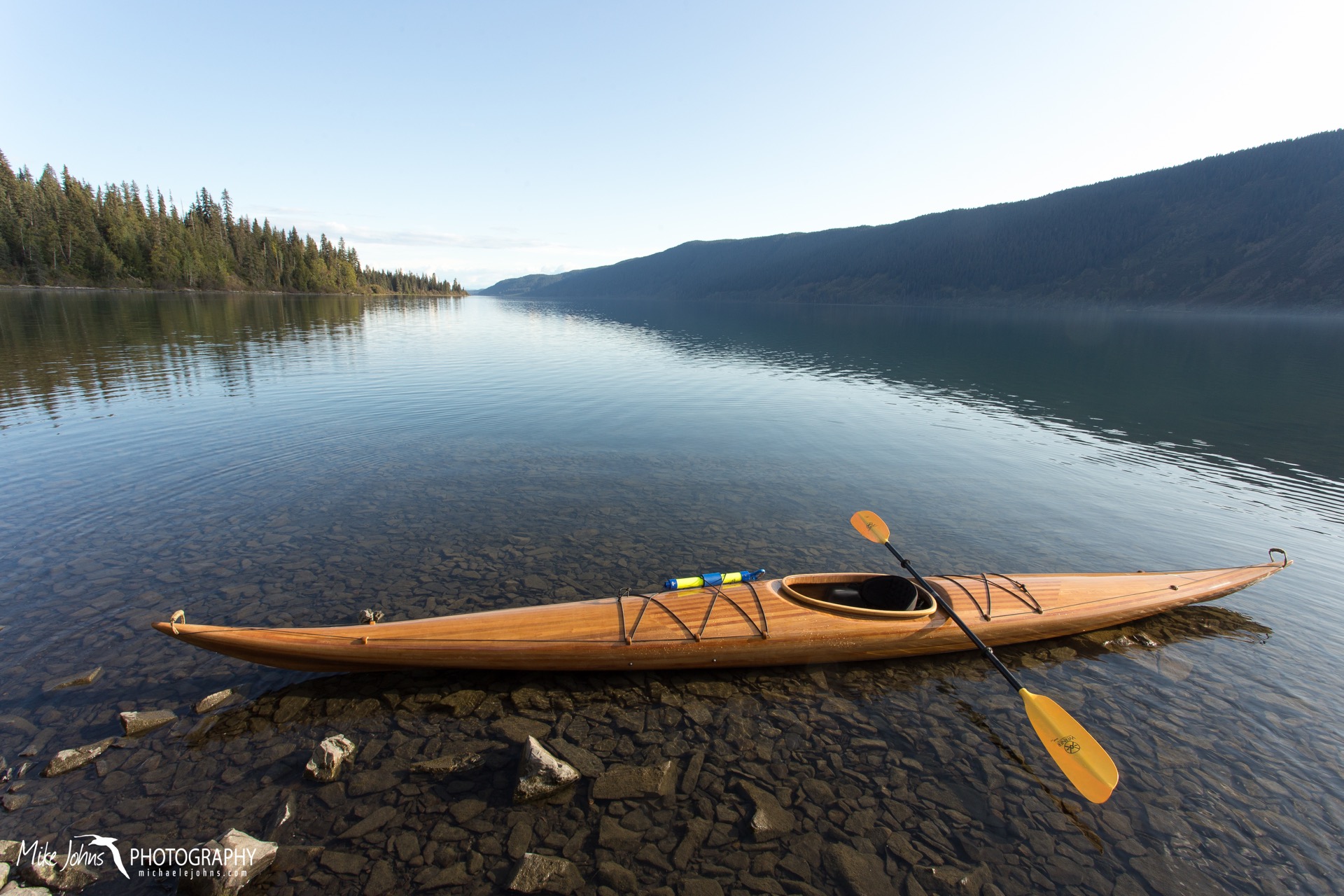
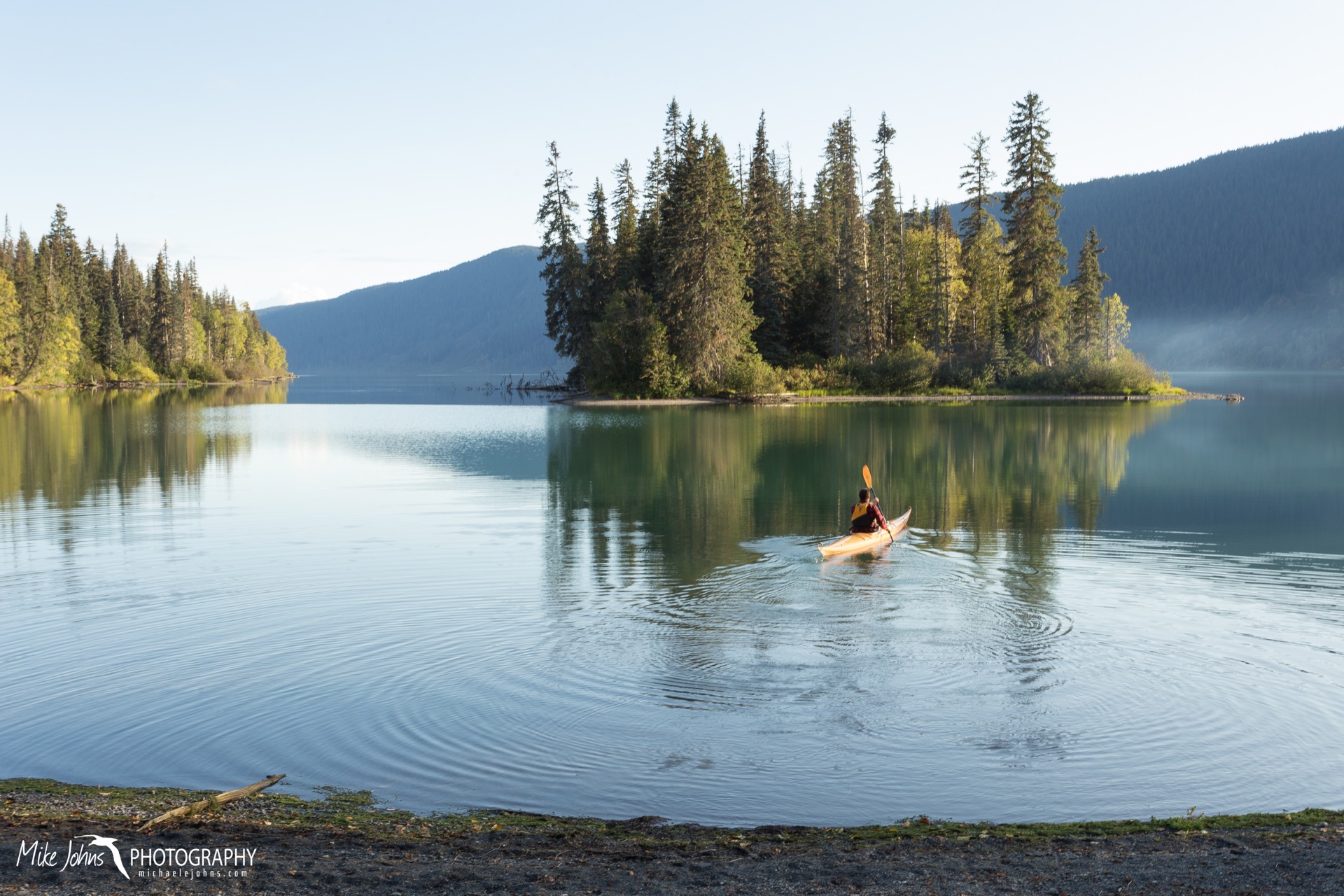
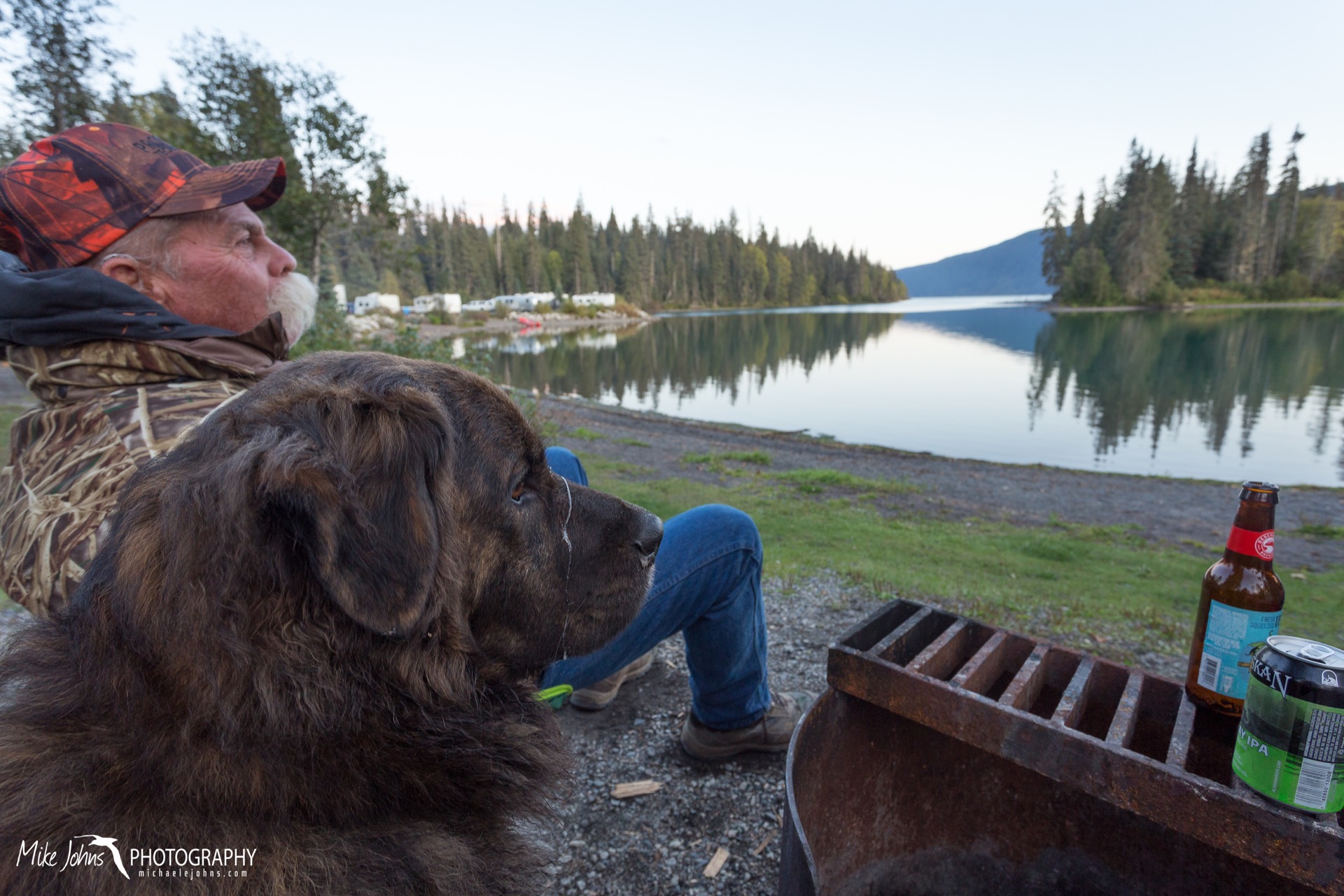
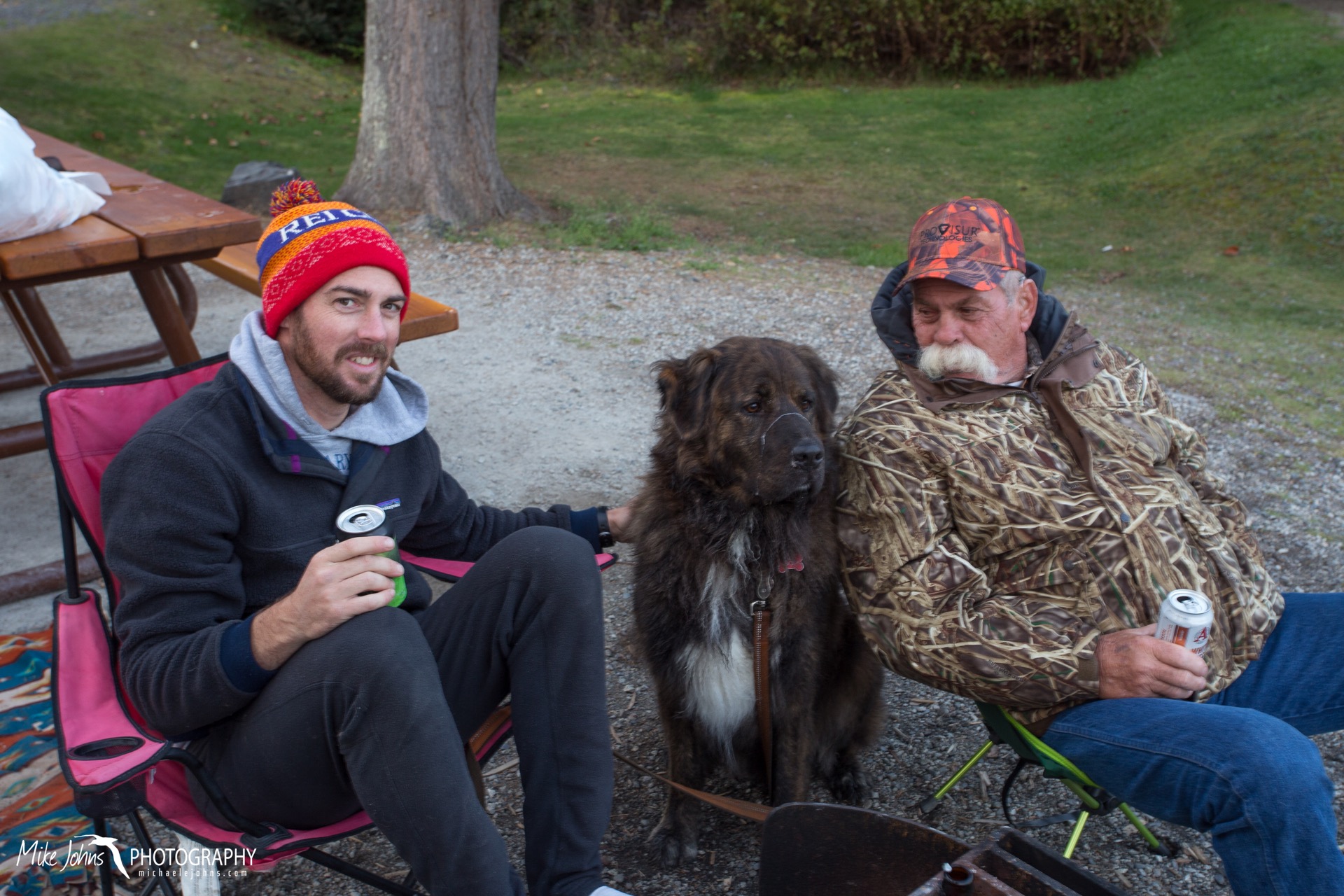
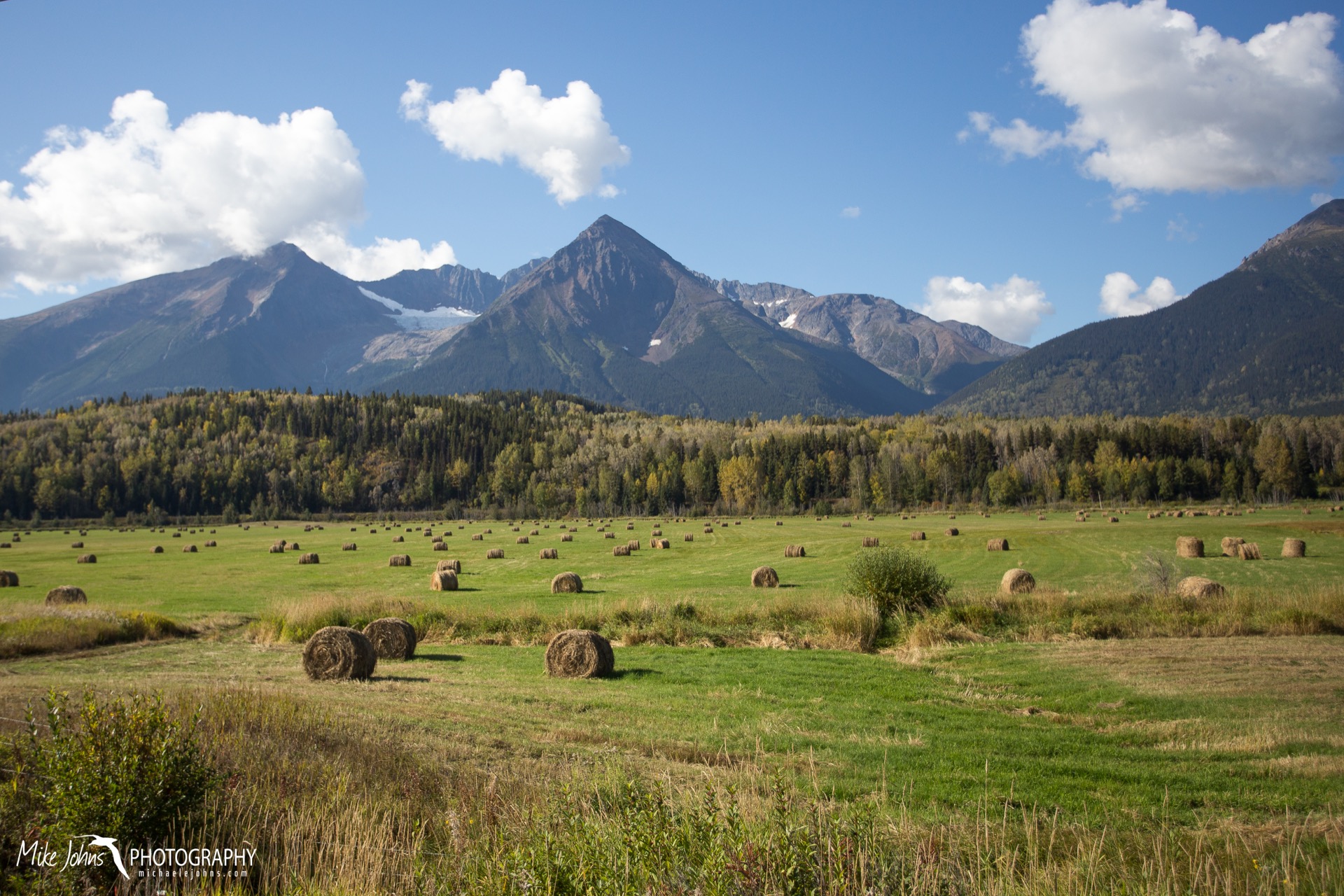
Where's Our New Apartment? /
Casey and I are relocating to Seattle in 2 weeks and, unless we find some amazing cheap house in a desirable location, we’re moving into a small top floor apartment just blocks away from the Ballard Locks. The City of Seattle has an extensive online repository of datasets to explore, which I used to create this map of buildings and tree cover in our future neighborhood. The building we’re slated to move into is highlighted in red, which when zoomed out gets lost in a sea of other buildings. The dog-friendly apartment is ideally situated in a quieter neighborhood near the water, within biking distance of Casey’s new job, and a short walk from our friend’s house, nice bars and restaurants in Ballard, a nice beach for viewing sunsets, a marina to store my kayak in, and one of the largest green spaces in Seattle. Download a higher resolution version of the map HERE, and the code used to generate the base map HERE.
